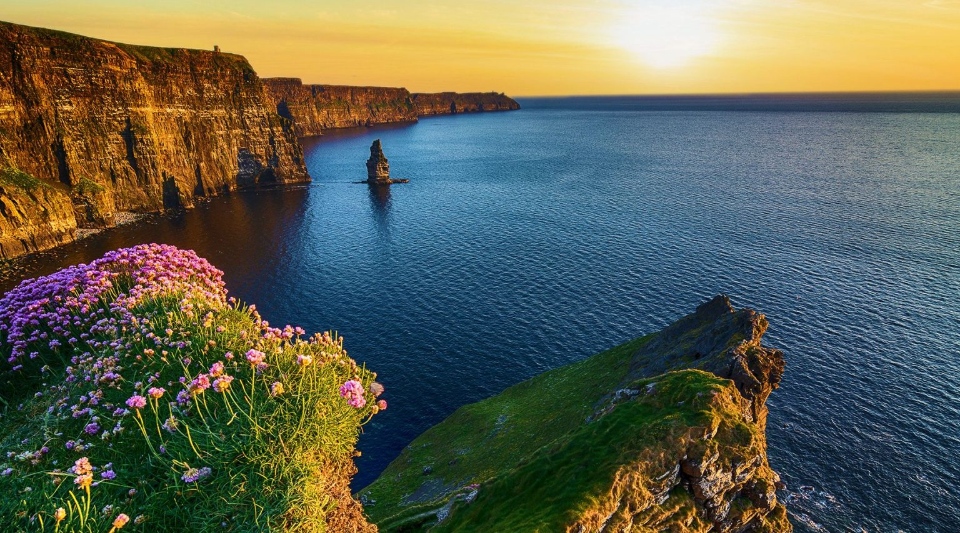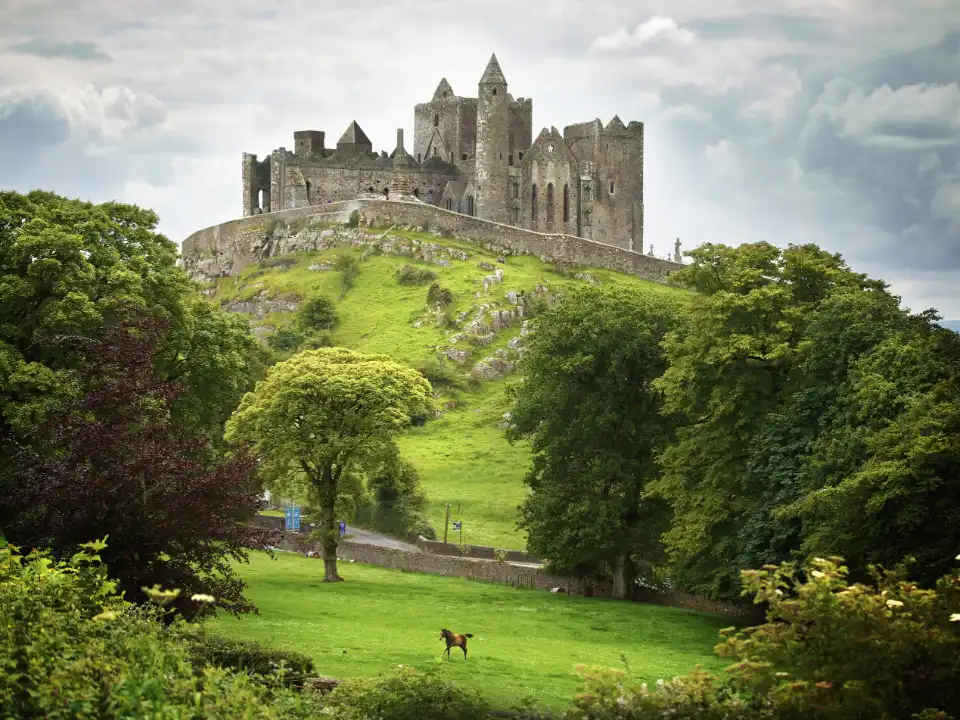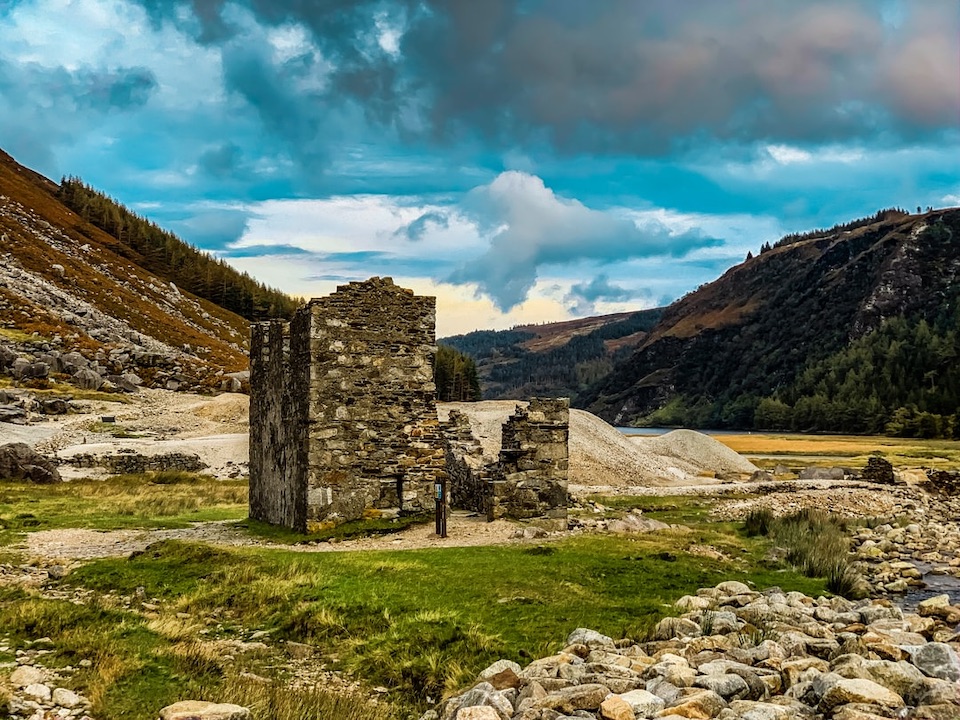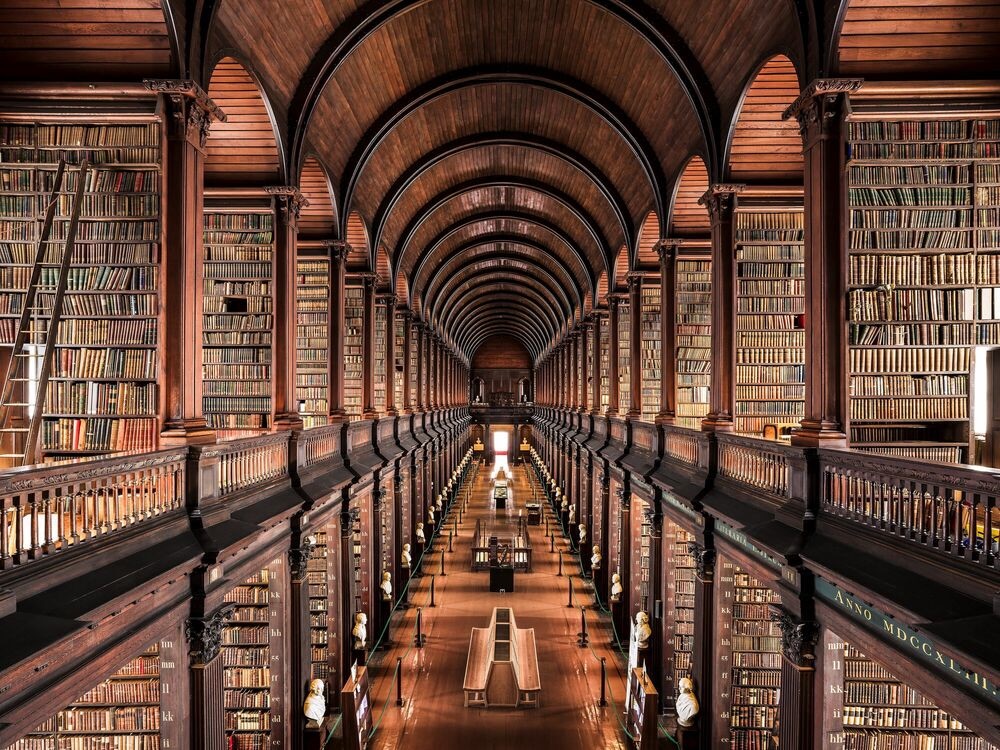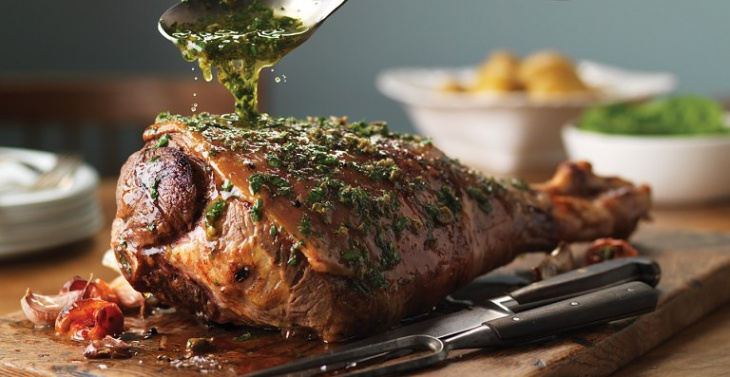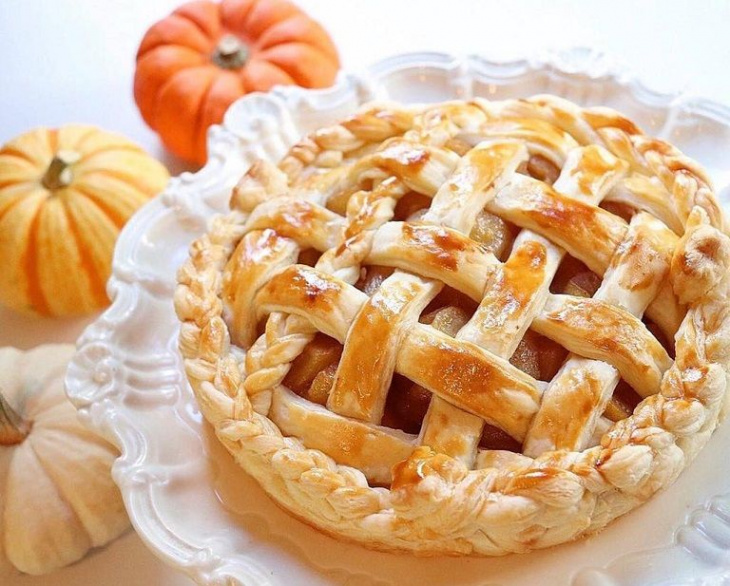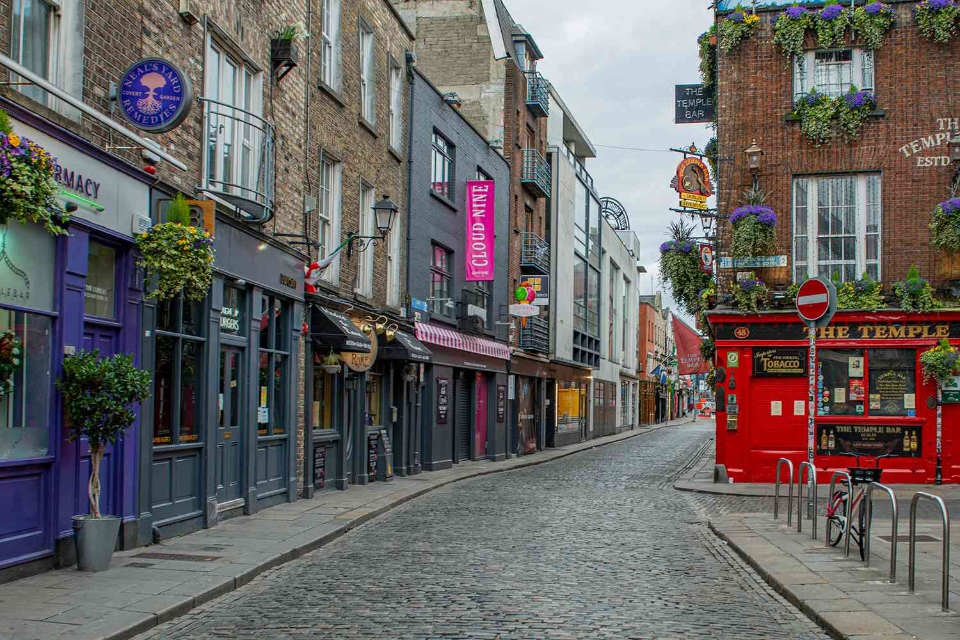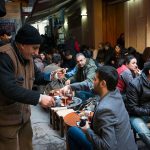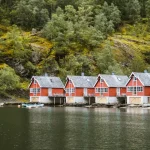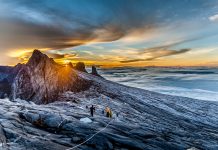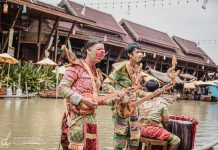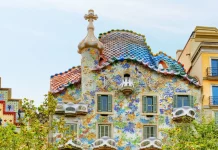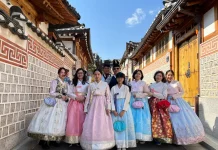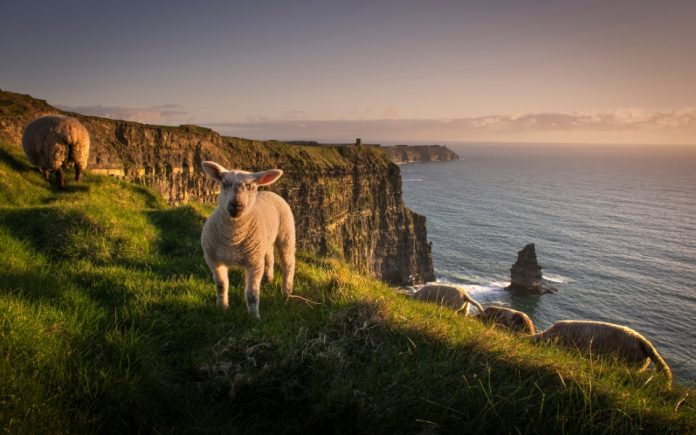
It is no coincidence that Ireland is named one of the most livable countries in the world, as well as an ideal European tourist destination. The green hills, the charming coastline, the ancient castles, and the famous whiskey and Guinness beer… have attracted millions of visitors to Ireland every year. The Ireland travel guide below compiled by Living Nomads will help you have a wonderful trip to this enchanting “Emerald Island” of Europe!
- The ultimate guide to Hongdae. Seoul’s HOT Shopping, Dining & Entertainment Neighborhood
- Hongdae travel blog — How to visit, what to do in Hongdae & what to eat in Hongdae?
- 15+ most famous & best temples in Korea
- Best bubble tea in Taiwan — Top 11 most famous & top bubble tea brands in Taiwan
- 19+ top places to visit & best things to do in Kota Kinabalu for First Time Visitors
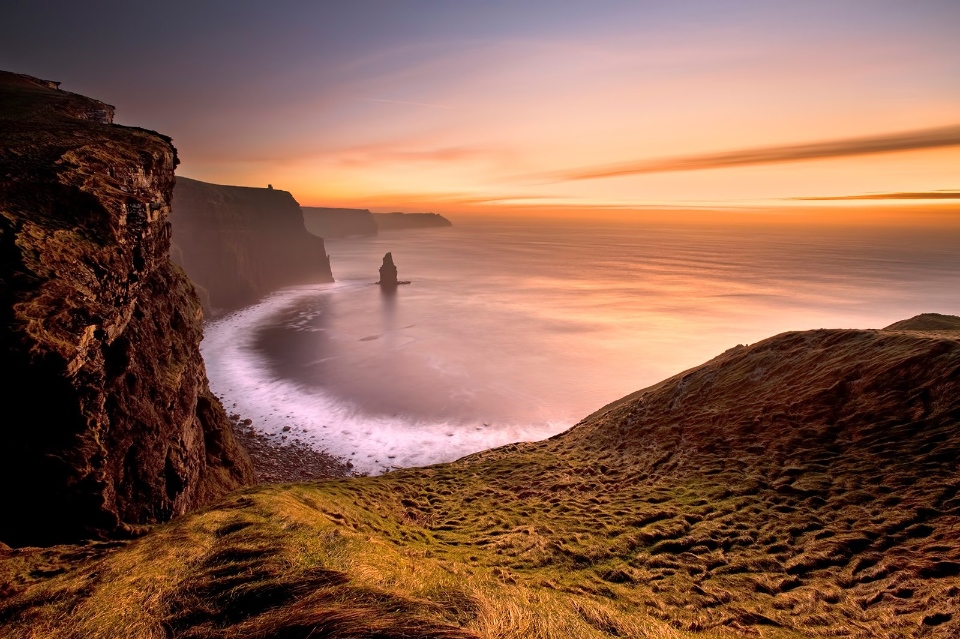
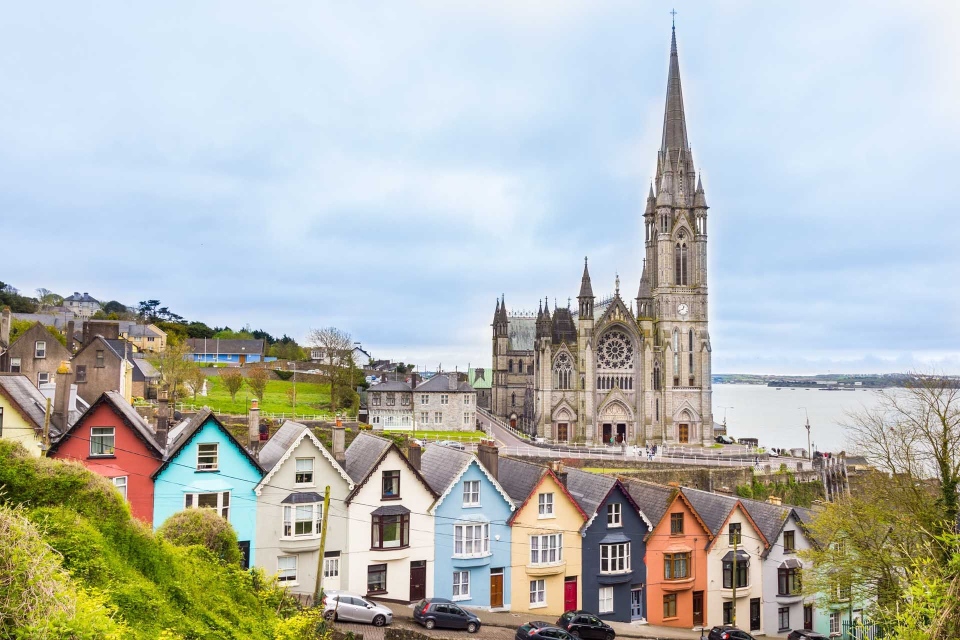
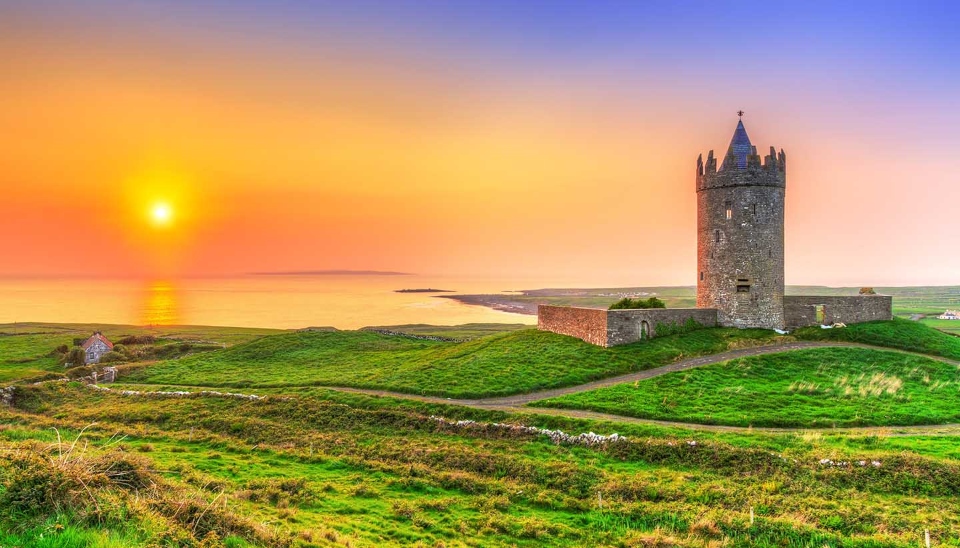
So, is Ireland worth visiting, how to visit Ireland, what to do in Ireland and how to plan a budget trip to Ireland for the first-time perfectly? Let’s check out our Ireland travel blog (Ireland blog) with the fullest Ireland travel guide (Ireland tourist guide, Ireland guide) from how to get to Ireland, best places to visit, best time to come, what to eat as well as top things to do in Ireland to help you maximize your trip as follows!
Overview of Ireland (#ireland travel blog)
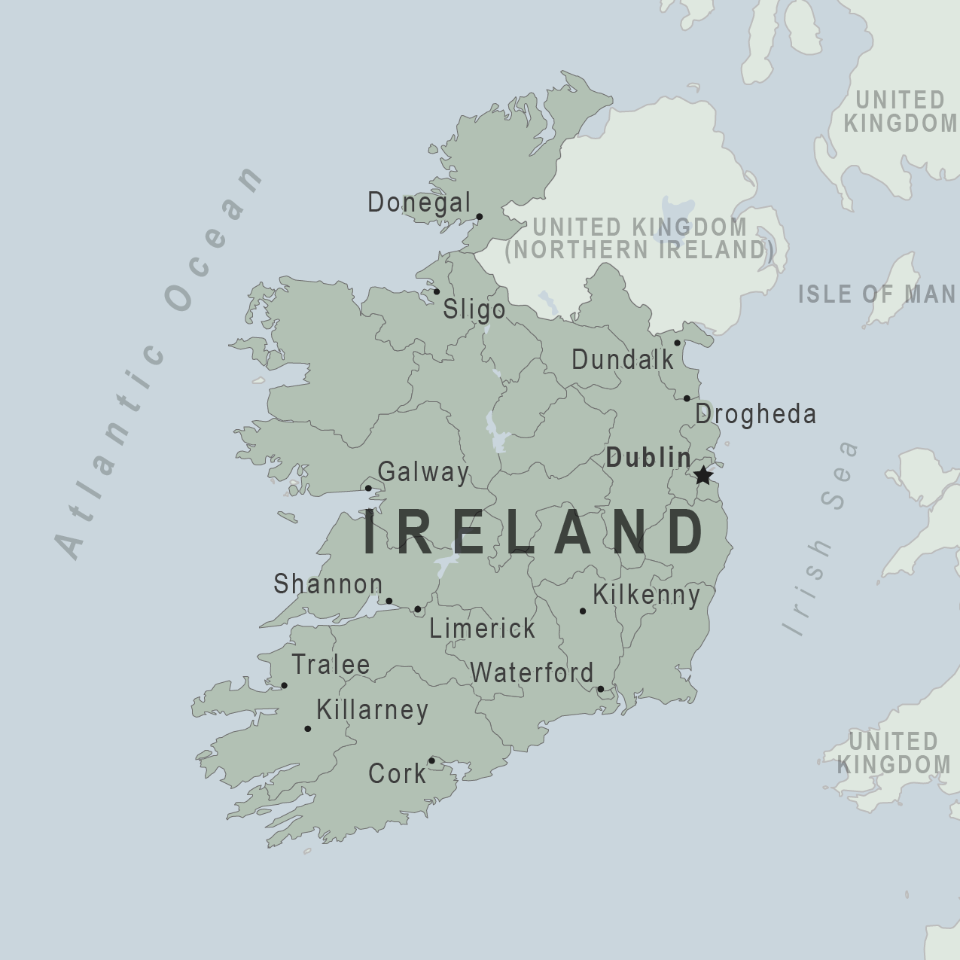
The island of Ireland is divided into two separate parts: the Republic of Ireland (Ireland) and Northern Ireland. The Republic of Ireland is an independent country occupying a quarter of the island of Ireland, famous for its beautiful capital city of Dublin. Meanwhile, Northern Ireland is still part of the United Kingdom, located in the northeast of the island of Ireland and consisting of six counties.
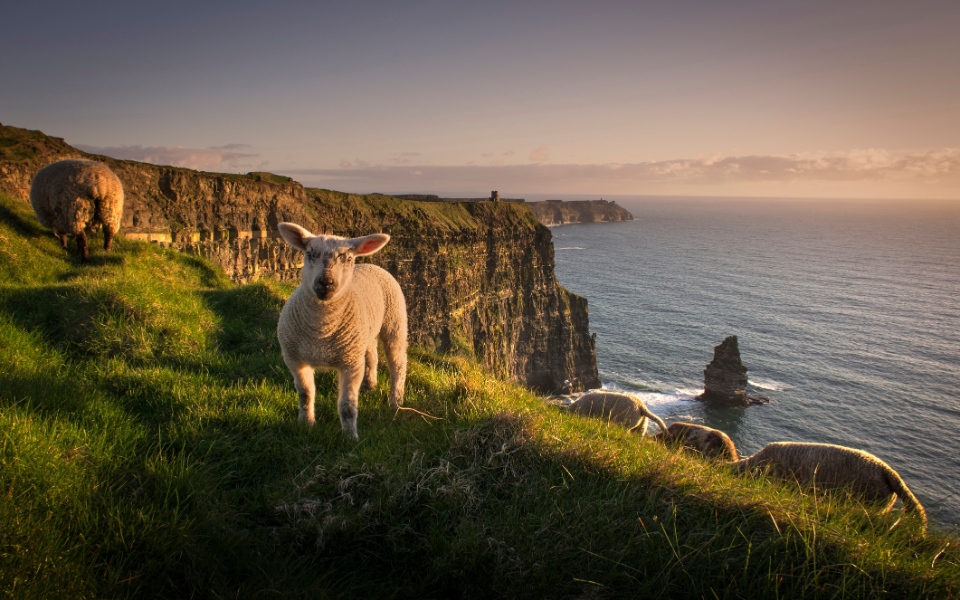
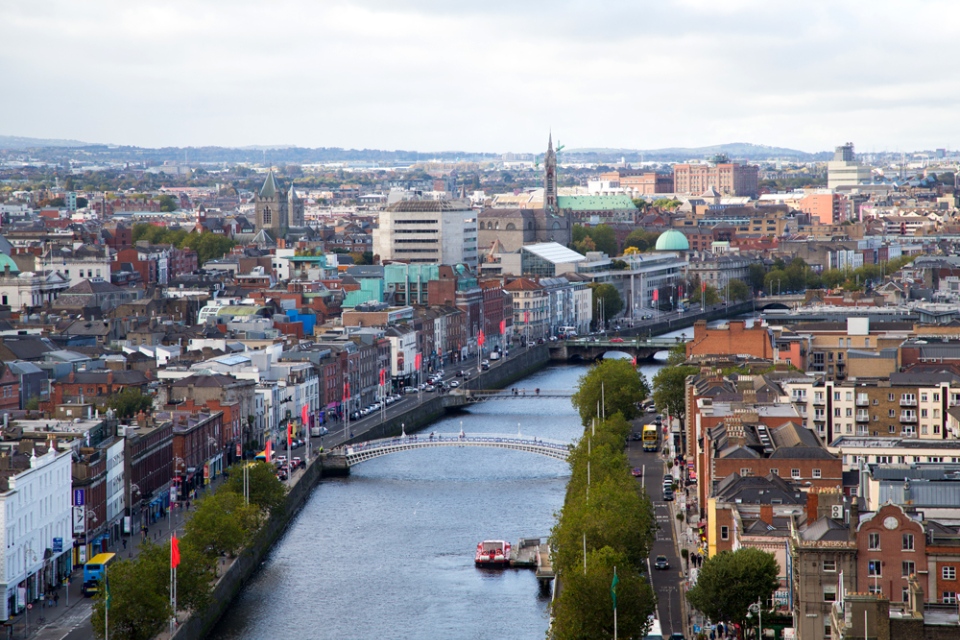
Ireland is a beautiful country located in the Northwest region of Europe. Ireland is bordered to the north by Northern Ireland, to the west and south by the Atlantic Ocean, and to the east by the Irish Sea. Ireland has an area of about 84,421 km² and a population of over 5 million people. Ireland is not only a tourist destination but also one of the top study abroad destinations in the world. Ireland also ranks 5th in the world in the Human Development Index.
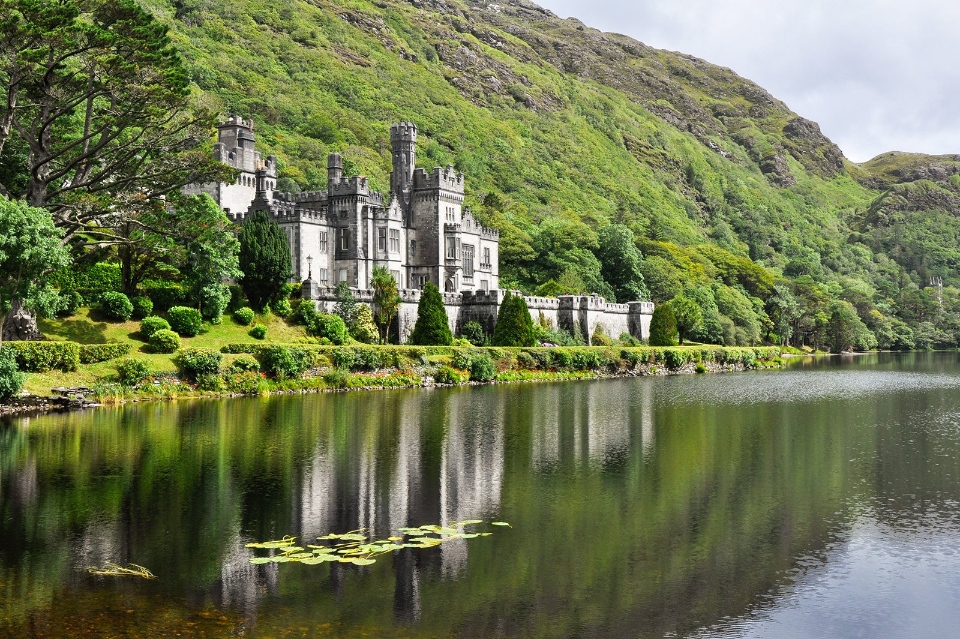
Ireland, although small in size and located in Western Europe, has a diverse landscape and topography, as well as a rich cultural heritage. The Atlantic Ocean has created dramatic coastlines, leaving behind endless unspoiled beaches and rocky peninsulas. Meanwhile, the hinterland offers lush green pastures, peat bogs and tranquil lakes. Across the country, you’ll find fortresses, megalithic tombs, castles, and stone villages. All of this proves Ireland’s long history, diverse culture and rich traditions. Traditional pubs and music add to the Irish travel experience, and many visitors say it’s the friendliness of the Irish people that makes them want to return.
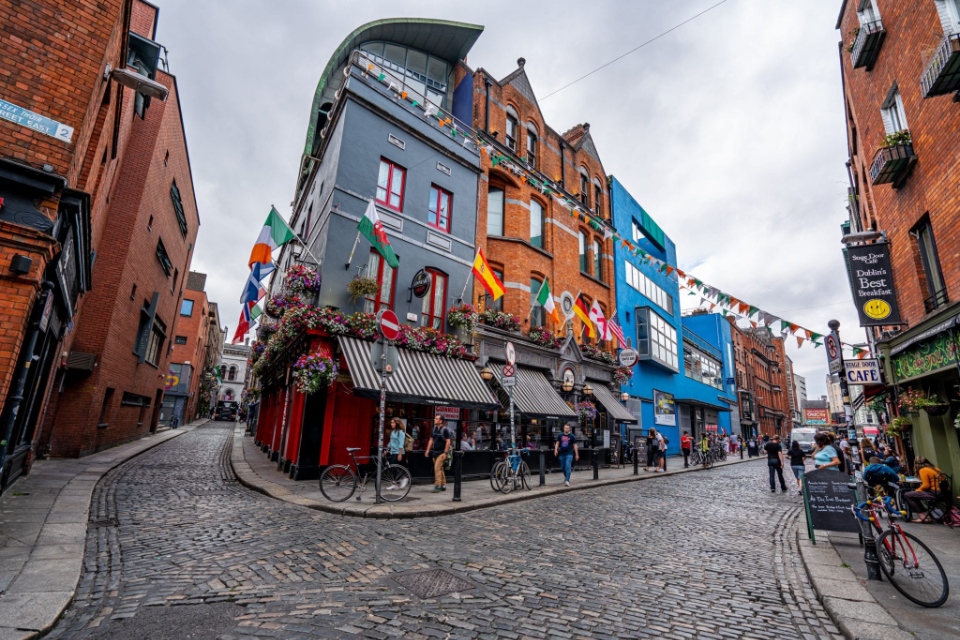
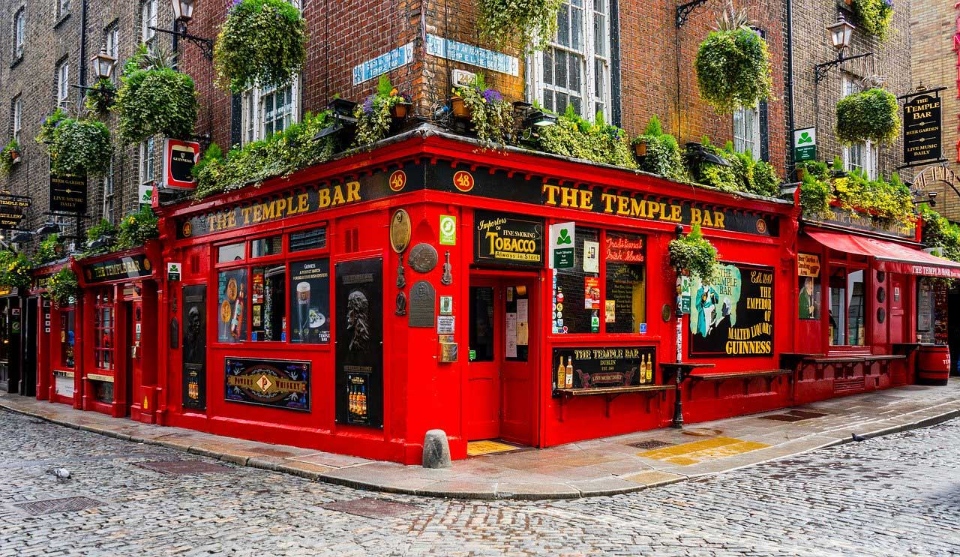
Ireland is ranked 5th in the world in terms of human development index. Although it is a European country, but Ireland is not in the 128 Schengen countries, so you must apply for a separate visa with the same fee as a visa to the US.
What is the best time to travel to Ireland? (#ireland blog)
Ireland’s climate is cool all year round, so you can come here at any time, ideally in the summer. July and August is the peak tourist season in Ireland, so prices are often higher and the number of visitors is also larger. The May-June and September-October months are usually quieter but are also getting busier due to tourism growth. Winter in Ireland is certainly the most peaceful, the weather is not too cold but will be wet, dreary, and some establishments in the countryside may close from November to early March.
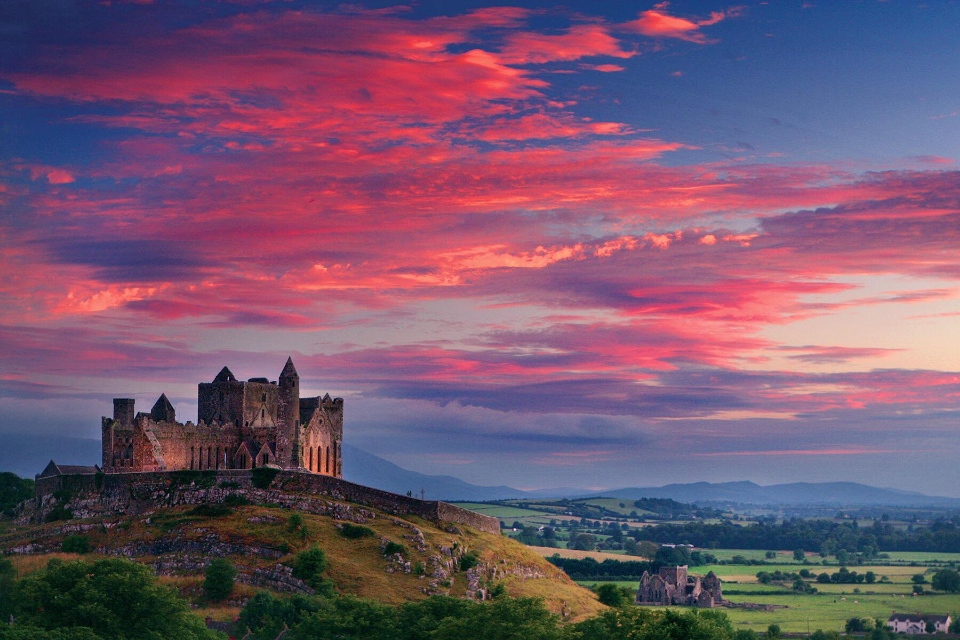
The rains have become a part of Irish life, especially in the west. The average number of “wet days” ranges from about 150 to 225 days a year, with a 30 to 40% chance of rain per day. The best time to get some warm sunshine in Ireland is during the summer months of June and July. So no matter what time of day you visit Ireland, don’t forget to bring an umbrella and raincoat, wear layers of light clothing and waterproof shoes!

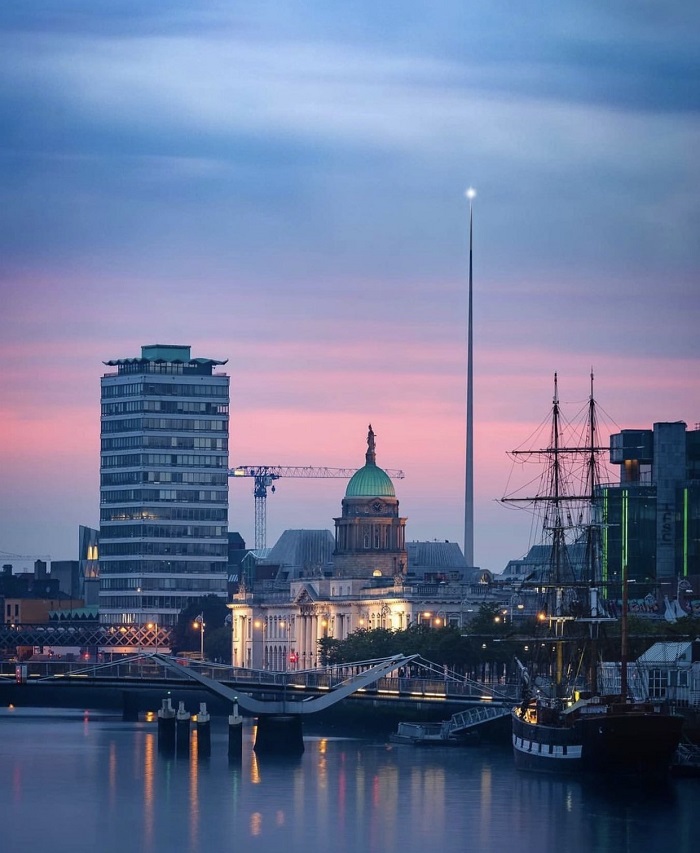
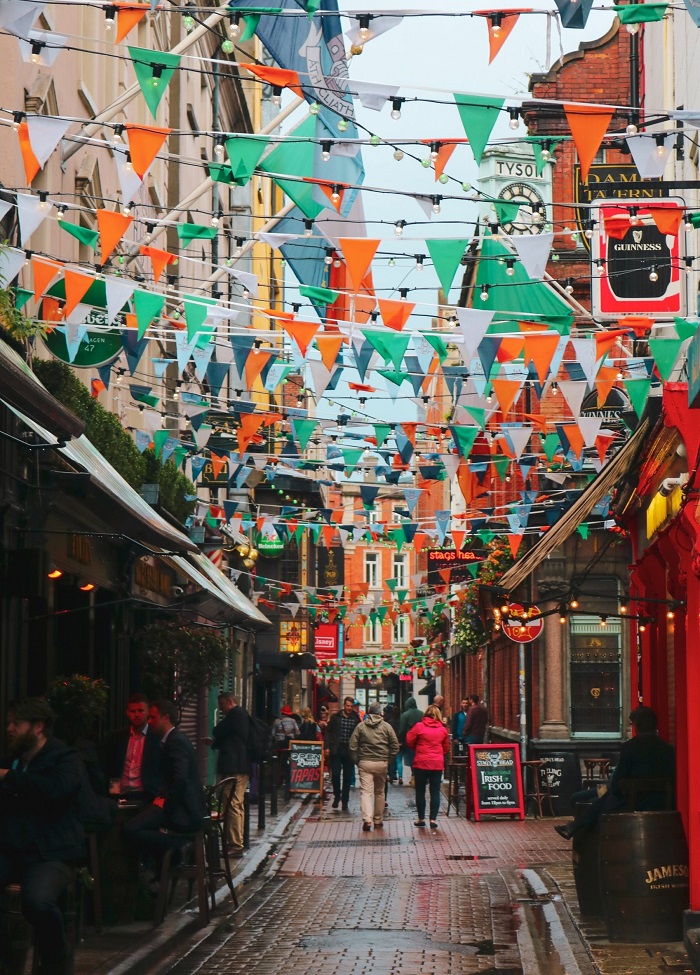
Fairly another good times to visit Ireland in terms of weather are between March and May, and September to November. These months are not as crowded as summer and not as cold as winter. Having said that, Ireland has a mild, temperate climate, and you can visit any time of the year, although it can sometimes rain.
Getting to Ireland (#ireland travel guide)
Dublin is Ireland’s main destination, Belfast is Northern Ireland’s main destination, and Shannon, near Limerick in County Clare, is the main airport providing direct access to the West Coast. No matter where you are in the UK, Europe, Asia or the rest of the world, there is a way to get to Ireland.
Ireland is located in the middle of a vast ocean. So to move here you must take a plane or a boat. Airplanes are the most popular and convenient means of traveling to Ireland from Vietnam.
From Vietnam currently does not operate direct flights to Ireland. If you want, you will have to transit via a country in Europe.
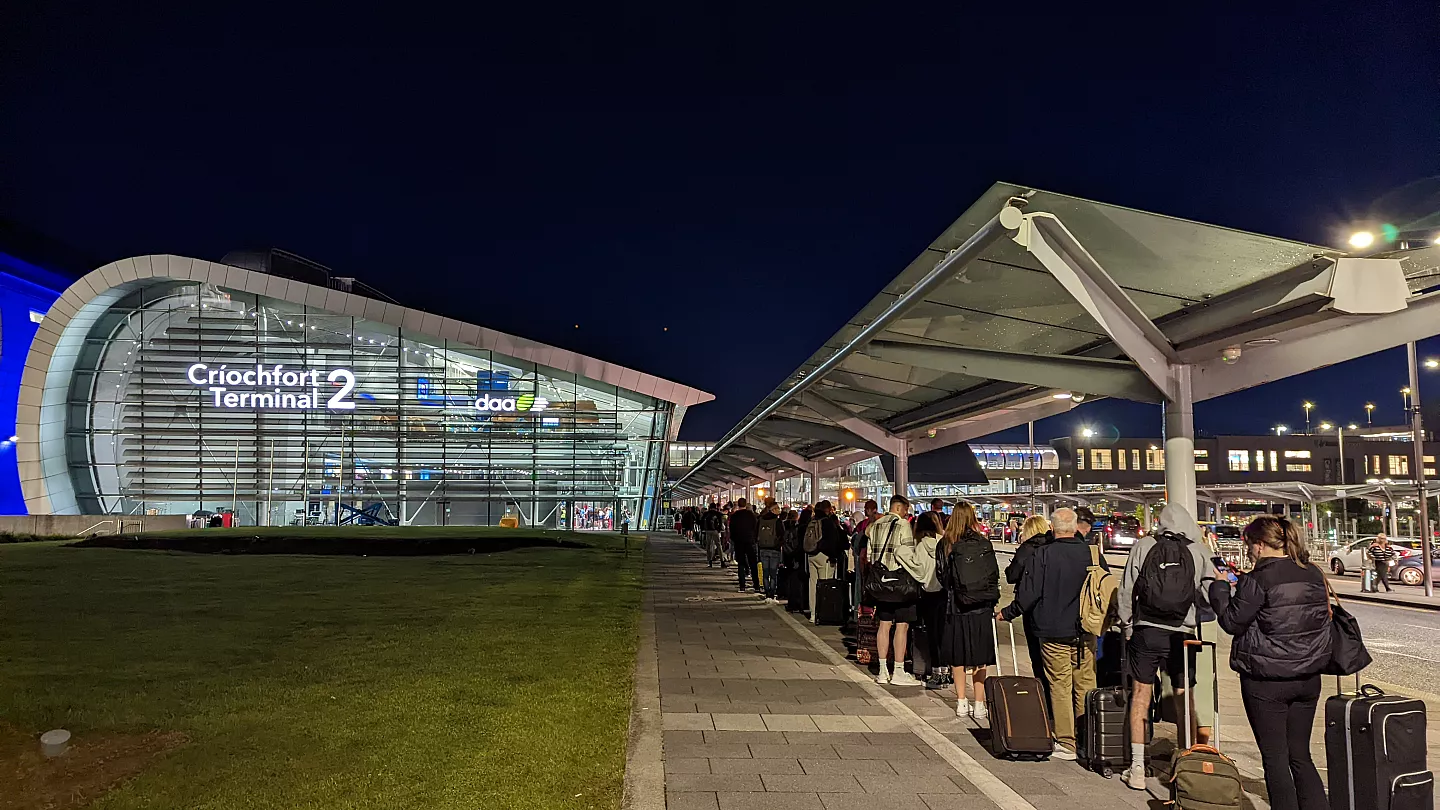
Flights departing from Vietnam will transit in a European city and then land at Dublin airport. You can choose some of the following airlines to go to Ireland: China Southern, Qatar Airways, Singapore Airlines, Pacific Airlines, Vietnam Airlines, etc. Fares for each trip are in the range of 400USD – 900USD/one-way.
From Dublin airport, there is a bus directly to the city center with the price of 6 EURO / way and round trip about 10 euros. You should buy a return ticket and store it away to avoid losing it. This is a highly appreciated, low-cost public transport that can travel to many tourist attractions in the city, so it is very popular.
To hunt cheap airfares as well as best flight routes you can go to Google Flights, SkyScanner or Kayak.
Getting around Ireland (#ireland travel blog)
You can visit most tourist attractions in Ireland by public transport, such as buses and trains. But if you have an international driver’s license, you can consider renting a self-drive car to take the initiative in time and explore more interesting corners, especially when traveling in the countryside. A note for you, Ireland is a country driving on the left side of the lane, the roads are also quite narrow, so it will take you time to get used to it. If you rent a self-driving car, you should rent the smallest car possible, buy car insurance and prepare a map, cash for parking and re-fueling… to have a safe trip.
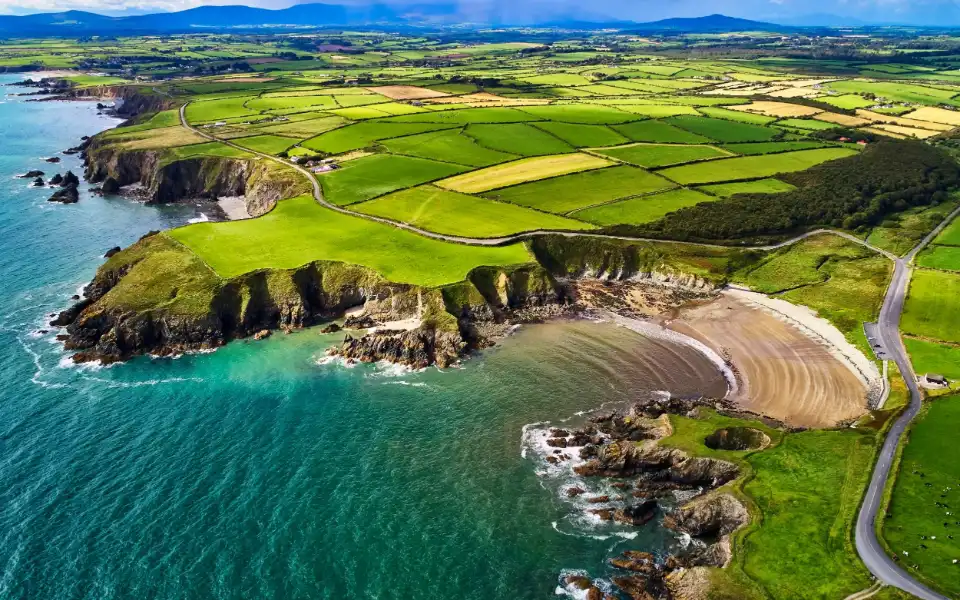
If you want to go to tourist destinations that are geographically distant from each other, saving travel time, you can choose domestic flights.
A good train system runs between major cities like Cork and Dublin, where you should book train tickets in advance online if possible but can also buy same day at the stations. The problem with public transport arises when you move beyond the big cities and towns, where some villages may have one or two buses to visit per day and other rural areas may completely inaccessible by public transport. To see the best areas and explore the unspoiled coastline, rent a car or a private driving guide with local knowledge is a smart choice.
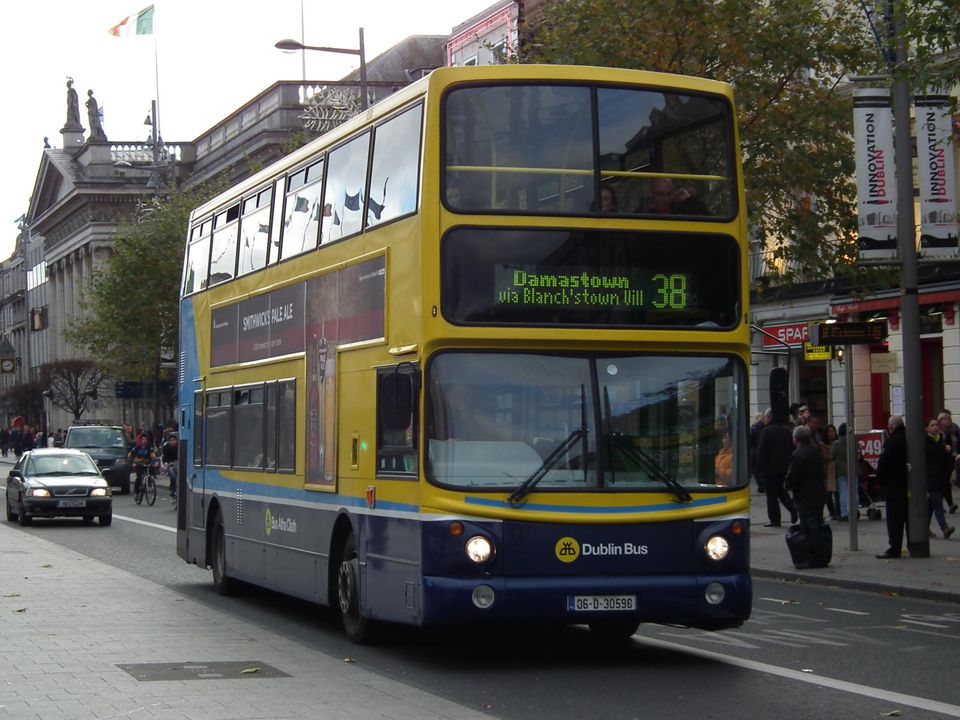
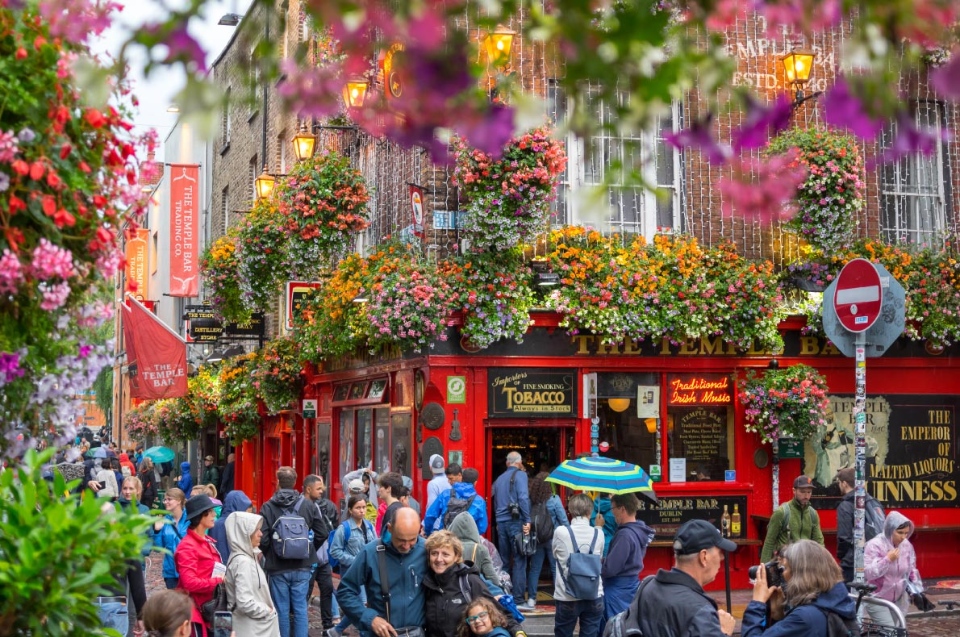
Where to stay? (#ireland guide)
Irish hotels are mainly concentrated in Dublin and Galway. In general, the room price is relatively high, but there are many different prices for tourists to choose from. Here are some of the country’s best hotels.
The Shelbourne (Dublin): The Shelbourne Dublin Hotel considers itself a “national treasure”, and that title is well-deserved. This 5-star hotel with more than 200 years of history has hosted famous musicals such as the Rolling Stones and Chieftains. Shelbourne is also a historical witness to owning the room where the Constitution of the Free State of Ireland was written. (Agoda, Booking)
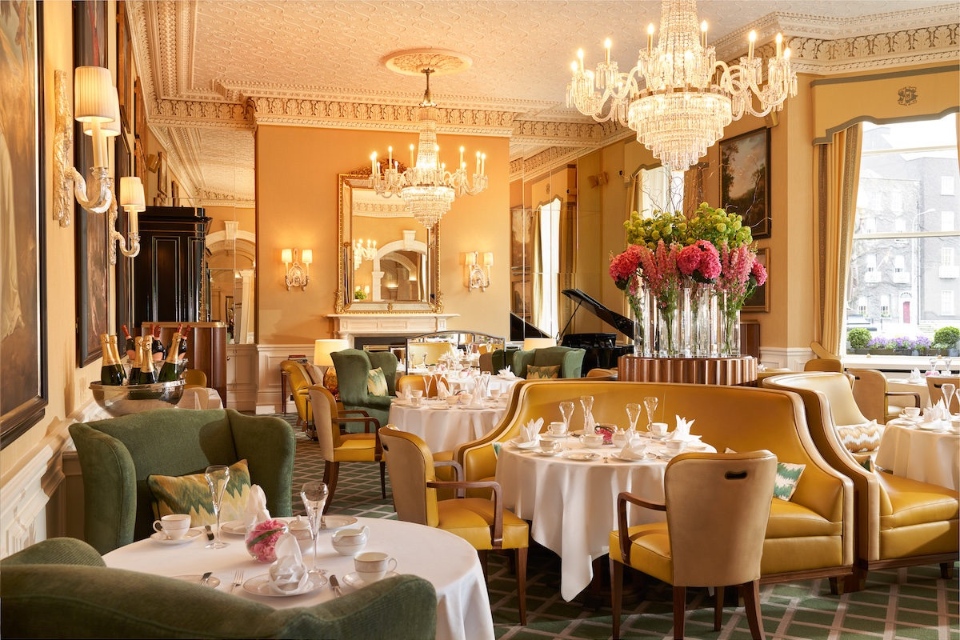
The Westbury Hotel (Dublin): Once a former convent, the rooms at the Westbury Hotel are decorated with Irish art, with regal chandeliers and opulent furnishings, some with Lissadell linens and marble floors. Guests at the Westbury Hotel often visit Sidecar, a 1930s-inspired venue with a beautiful bar scene and craft cocktails. (Agoda, Booking)
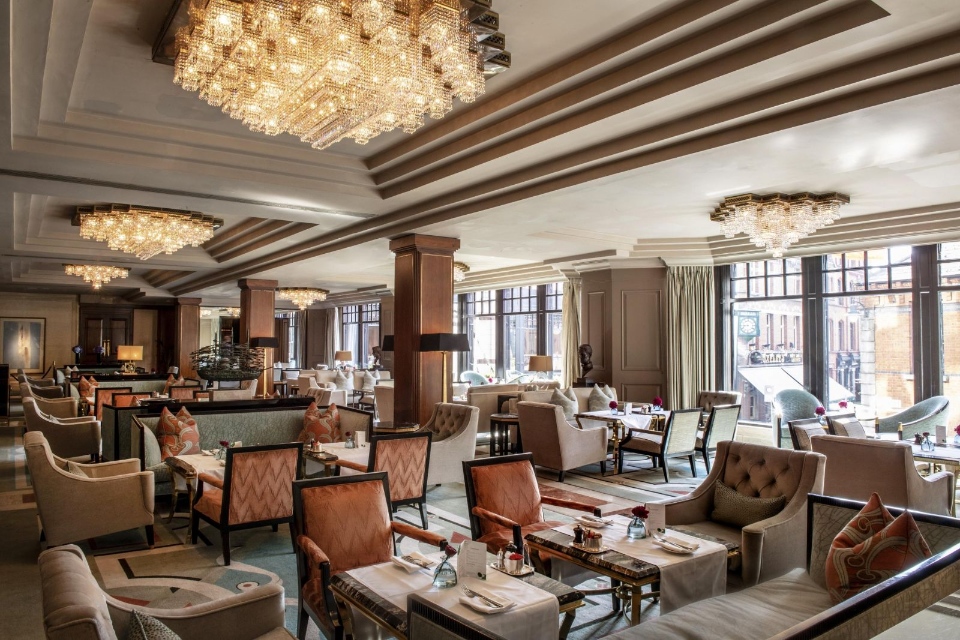
Dromoland Castle (Clare)

The regal Dromoland Castle has been open to welcome its guests since the 16th century. Located on verdant meadows surrounded by hills, Dromoland owns a golf course, spa and many unique outdoor activities such as: archery, falconry… You will never be bored during your Ireland trip here. (Agoda, Booking)
Powerscourt Hotel (Enniskerry) (#ireland travel blog)
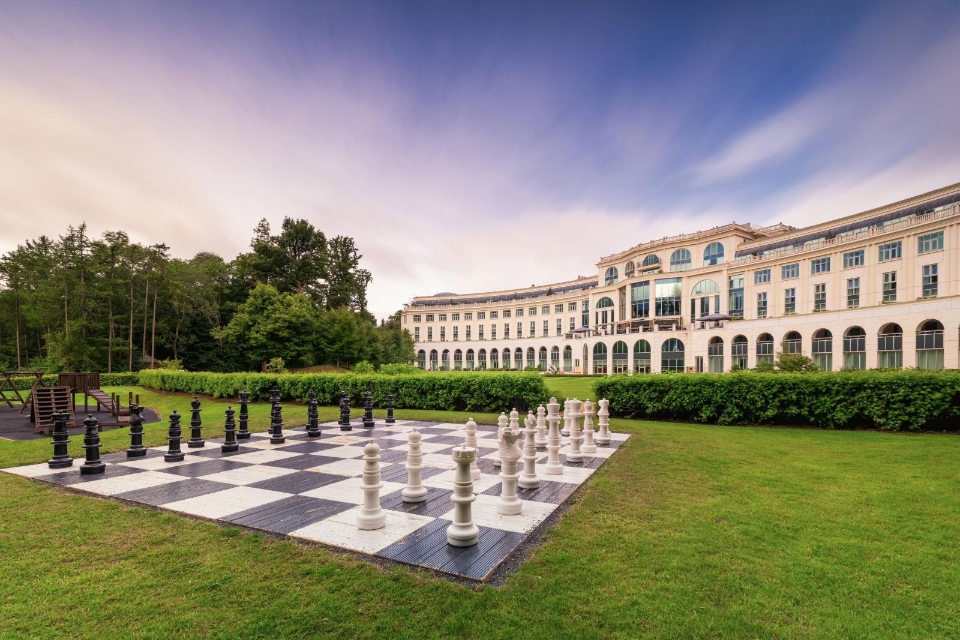
Few places can match the splendor of the Powerscourt hotel in Wicklow, about a 30-minute drive from central Dublin. With not one but two golf courses, Powerscourt Hotel also owns a spa and a beautiful indoor swimming pool. Rooms are classic, elegant, and overlook the hotel’s beautiful gardens and Enniskerry Hills and Great Sugar Loaf. (Agoda, Booking)
Glenlo Abbey (Galway)
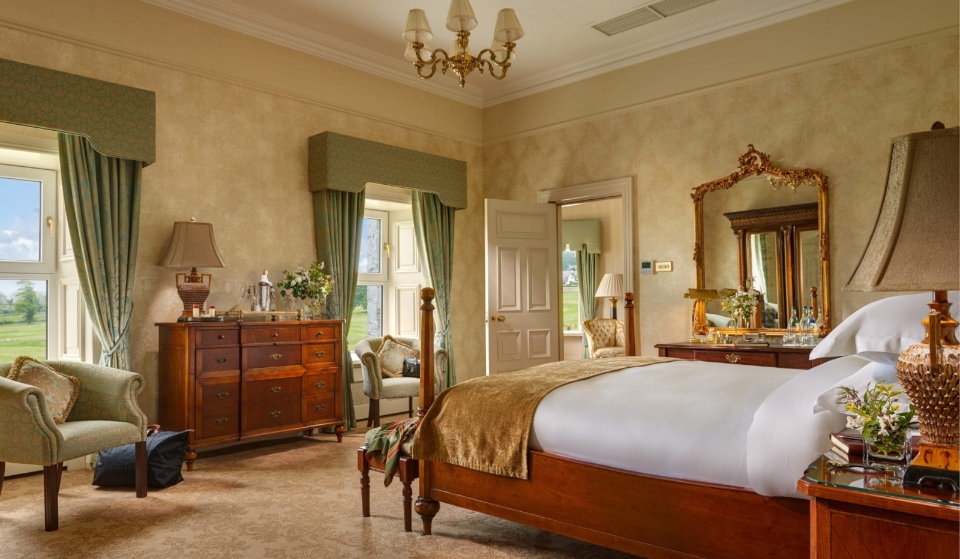
Glenlo Abbey, dating back to 1740, sits on the quiet and spacious shores of Lough Corrib. The charm of this quaint hotel is its elegant rooms and inviting Italian marble bathrooms. During your time at Glenco Abbey, plan to dine on old train cars – once part of the Orient Express – at the exclusive Pullman restaurant for the most memorable experience. (Agoda, Booking)
Below we recommend more best budget, mid-range and upscale hotels in Dublin with good ratings and reviews you can refer to.
- Riu Plaza The Gresham Dublin (Agoda, Booking)
- Clayton Hotel Cardiff Lane (Agoda, Booking)
- Clontarf Castle Hotel (Agoda, Booking)
- Mespil Hotel (Agoda, Booking)
- The Gibson Hotel (Agoda, Booking)
- Jurys Inn Dublin Parnell Street (Agoda, Booking)
- Marlin Hotel Stephens Green (Agoda, Booking)
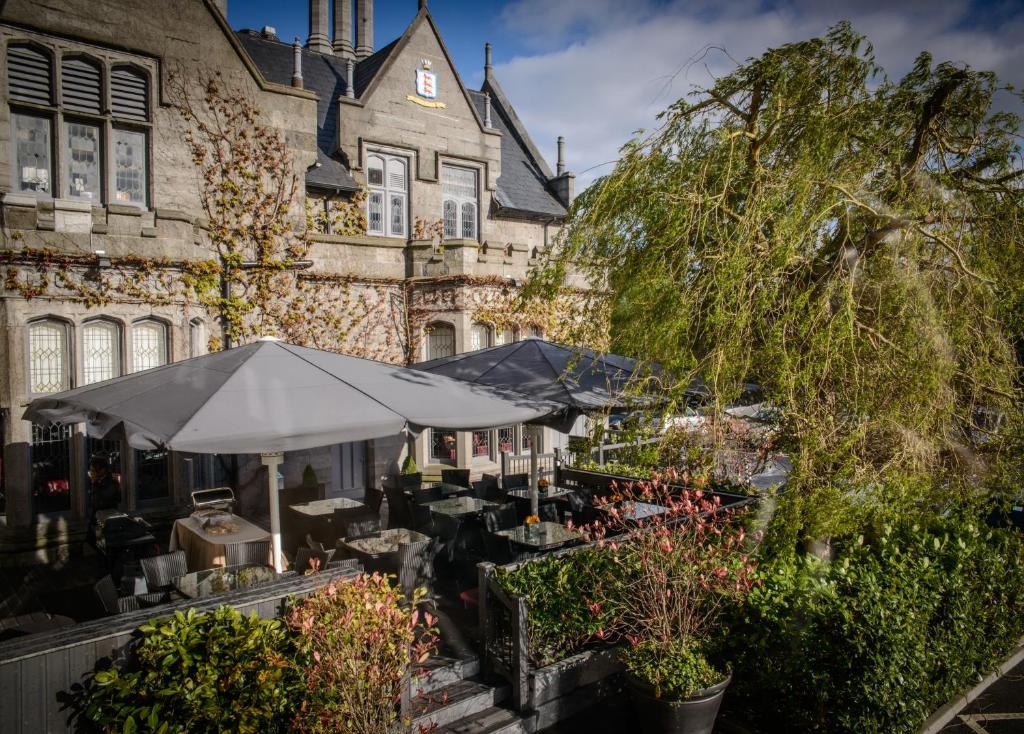
Check out more top and best hotels in Dublin on Agoda.com or Booking.com
Where to go and what to do?
Ireland is more than just historic sights, quaint castles, and lots of greenery (though there’s so much to go around). Right now, this small country is embracing all things local in the form of trendy cafes, designer hotels, craft cocktails and world-class cuisine. Whether you’re going to Dublin to party, Kilkenny to see the sights or Galway for good food, Ireland’s top destinations are better than you know.
Ireland owns some of Europe’s most spectacular landscapes and a wealth of tourist attractions. Free museums, unique natural and cultural heritage, ancient castles, unspoiled islands, etc. are what you should not miss when traveling to Ireland. Here are some suggestions worth experiencing for your vacation.
Dublin

Dublin – The Capital City of Ireland is a modern place that preserves the traditional way of life. Dublin is by far Ireland’s most popular city for tourists (according to official tourism statistics), with millions flocking here each year. Attractions such as the Guinness brewery and the Temple Bar are among the most visited attractions in Ireland.
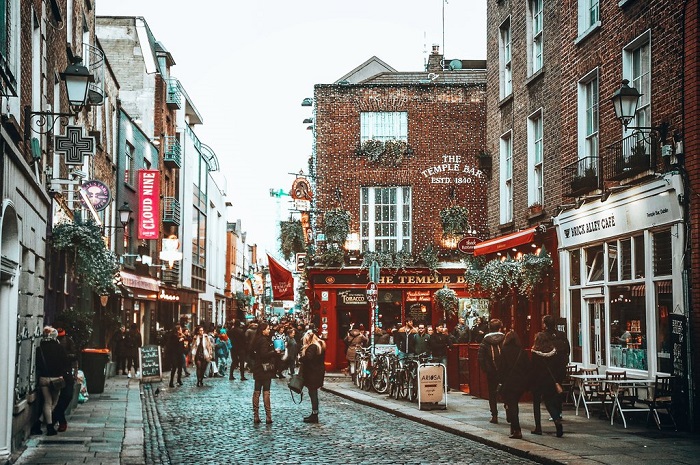
You can’t visit Dublin without exploring the campus of Trinity College, with its monumental buildings and statues of highly regarded graduates, or making time for a tour of the Guinness Archives, very good display of Dublin’s cobbled streets and old factory buildings not to mention a liter of what they say is the Guinness record for best taste in the world.
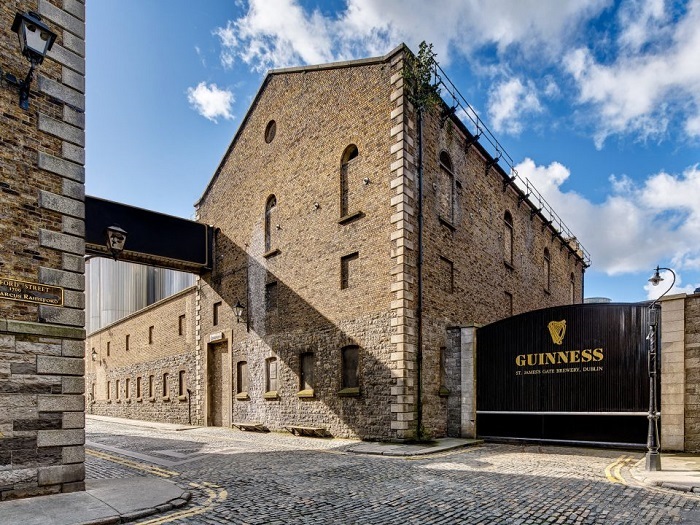
Saint Patrick’s Cathedral, the Ireland’s largest church, is also one of the biggest tourist attractions in Dublin. In a well near the church, St. Patrick is said to have baptized pagan converts to Christianity. In memory of his visit, a small wooden church was built on the premises. Then, in 1191, the present building was built and St Patrick’s Cathedral was upgraded to a cathedral.
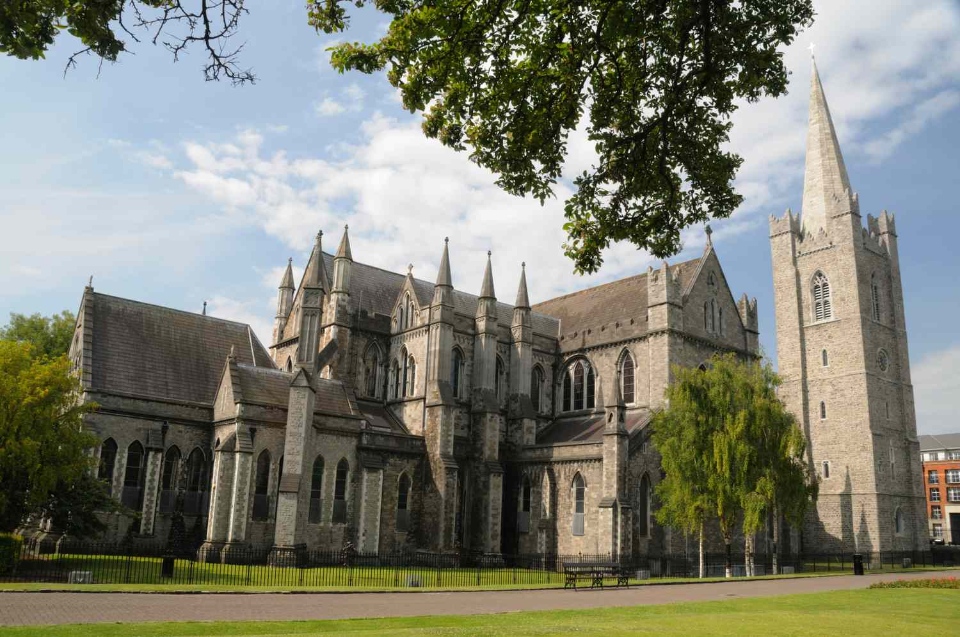
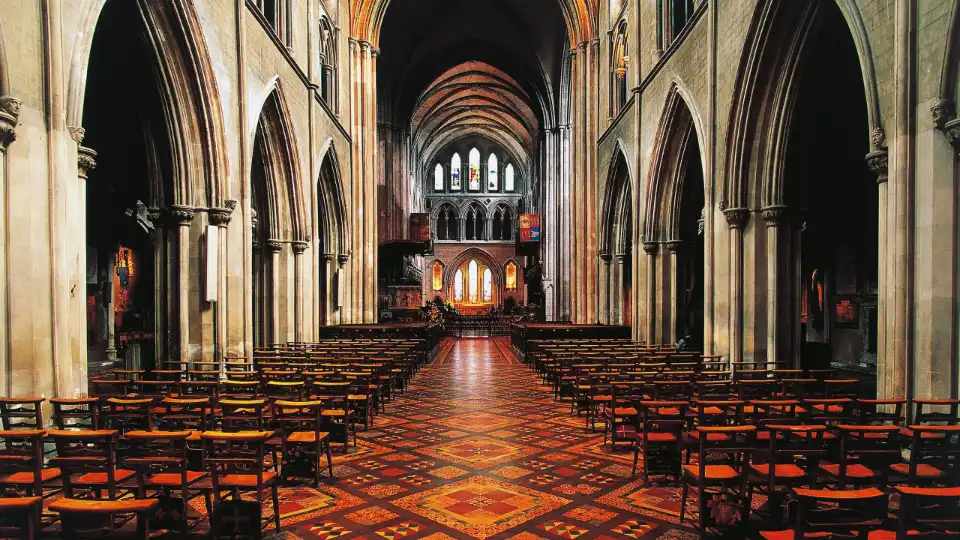
More than just a great place to shop in Dublin, the Grafton neighborhood allows visitors to immerse themselves in a lively atmosphere full of sound and color. You can find countless stops or simply watch the bustling cycle of life. Enjoy a coffee, an Irish breakfast, and free yourself to explore the street culture of Dublin’s busiest place.

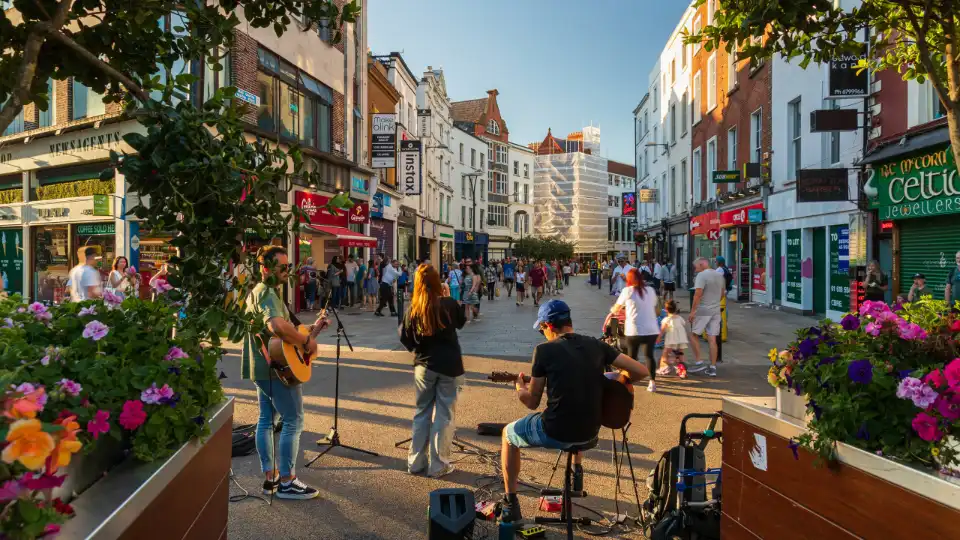
The Cliffs of Moher (County Clare) (#ireland blog)
The most famous and spectacular part of Ireland’s craggy west coast is the Cliffs of Moher, which offers some of the most breathtaking views of the entire island. This is a great place to enjoy the scenery and enjoy the fresh air of Ireland.
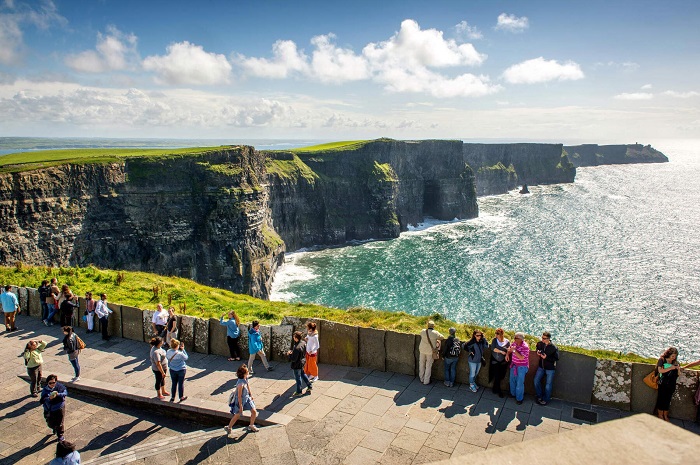
Many fine words have been used to describe the majesty of the Cliffs of Moher, but it is still difficult to find the most appropriate one. About an hour and a half by car from Galway, this popular spot attracts nearly a million people from all over the world each year. The cliffs stretch 8km along the Atlantic Ocean coastline, treating tourists with enchanting wild beauty.
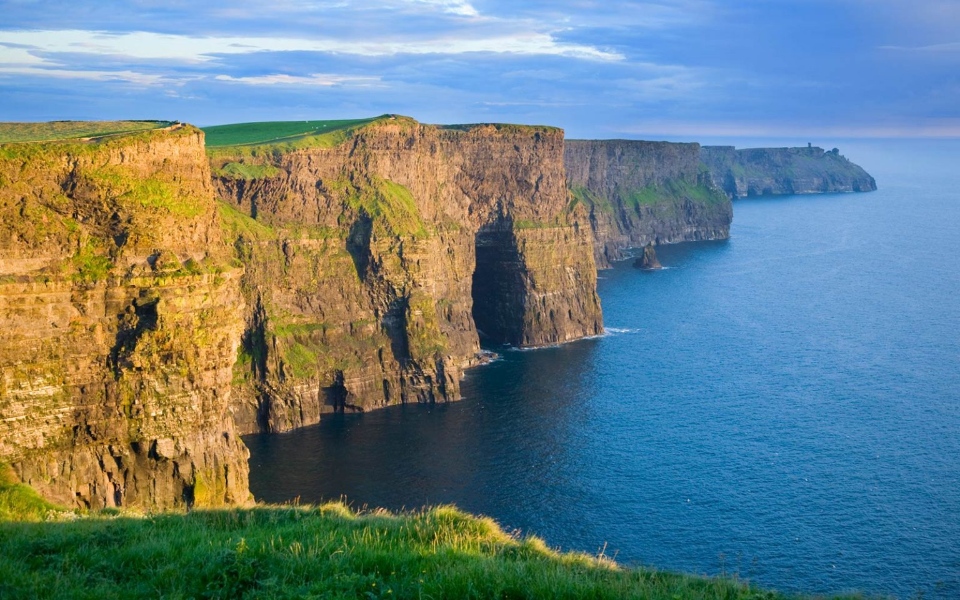
The cliff extends nearly 5 miles and rises to 702 feet above the water of the Atlantic Ocean. Great views from the cliffs include the Aran Islands, Galway Bay, The Twelve Pins and the Maum Turk Mountains. The landscape and seascape of the Cliffs of Moher has, for centuries, welcomed countless visitors; almost 1 million people a year now travel to this iconic place.
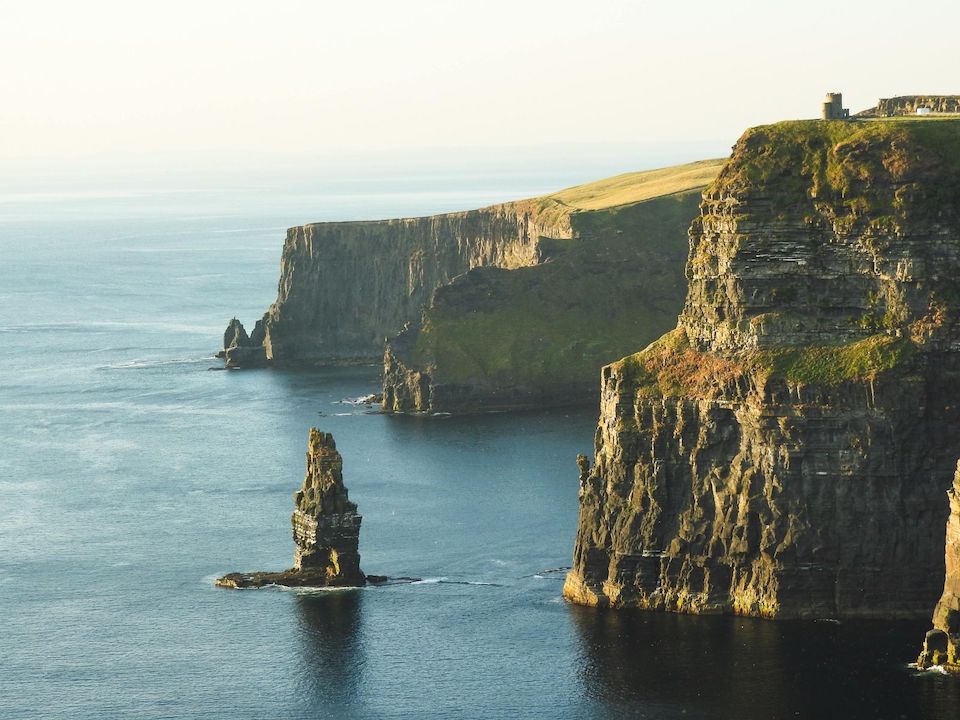
Rock of Cashel – Ireland’s historic site
The Rock of Cashel is a Celtic construction. Today, this place has become a special stop that cannot be missed when traveling to Ireland. Rock of Cashel is a castle located right on Devil’s Bit mountain. Archaeologists have confirmed that this work dates back to the 12th century.
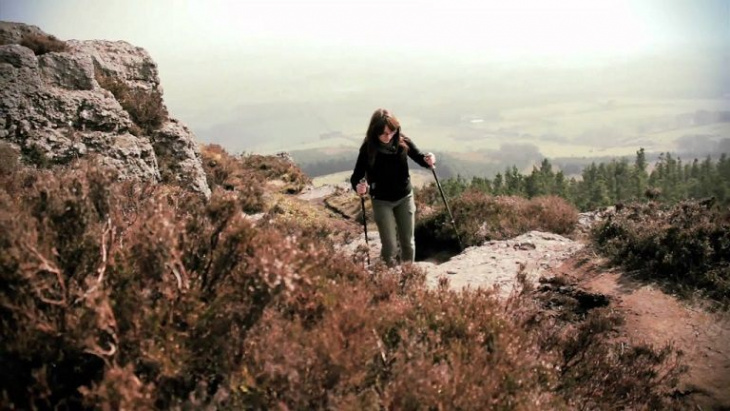
Glendalough Valley (Wicklow)
The Glendalough Valley is a peaceful, quiet place as it is located quite far from the center of Ireland. However, this land is considered as a priceless treasure that nature has bestowed on Ireland. Coming here, you will be immersed in nature, watching the beautiful stone architecture.
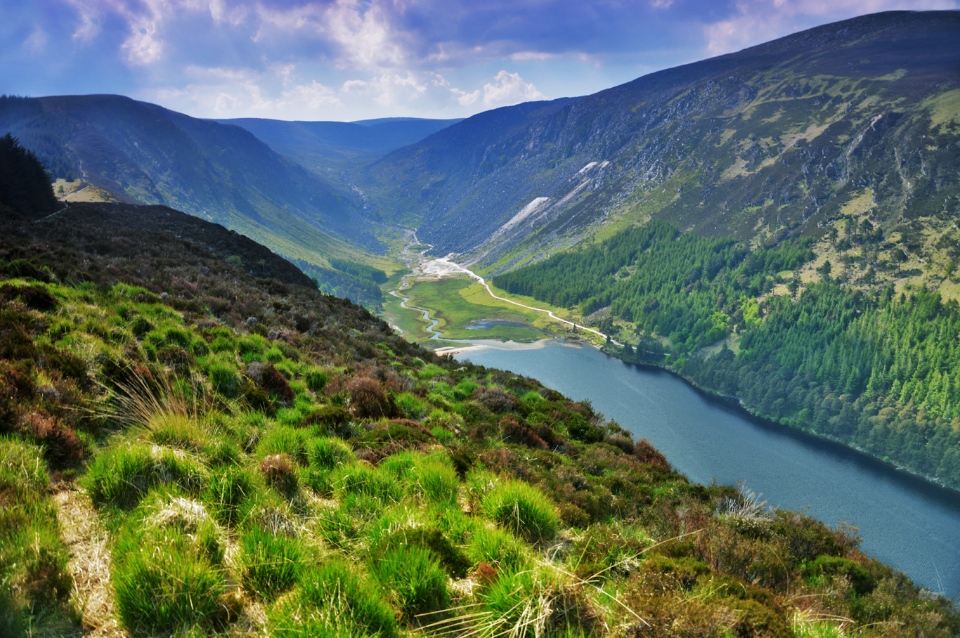
No trip to Ireland would be complete without a visit to Glendalough in the list of destinations. Why? During the Middle Ages, when Ireland was known as “the island of saints and scholars”, Glendalough became a monastic city serving thousands of students and teachers. Rich history, charming scenery, ancient buildings are the reasons why Irish tourists love Glendalough.
St. Stephen’s Green
St. Stephen’s Green is a beautiful park located in Dublin. It owns brilliant flower gardens, stretching lawns, statues, stone bridge, swan lake and very large playing space. In 1664, St. Stephen’s Green is a closed grazing place of the upper class. Two centuries later, thanks to the help of Arthur Guinness, this place was opened to visitors.
Kilkenny
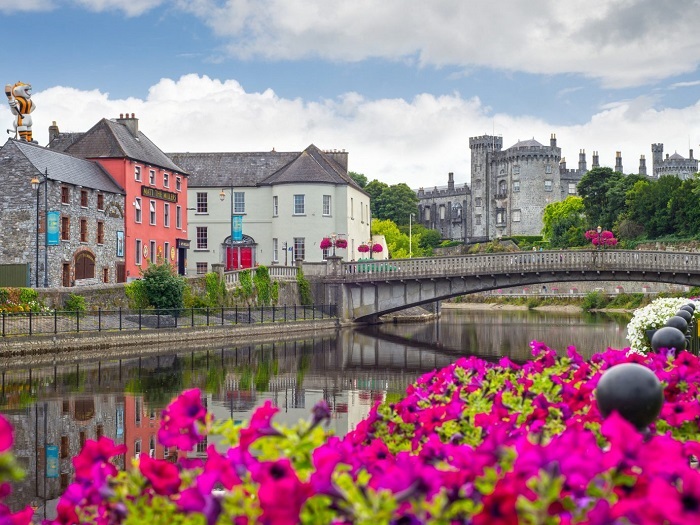
History buffs will find everything they’re looking for in Kilkenny. Located between Dublin and Cork, this medieval town may be best known as Kilkenny Castle, an impressive 12th-century fortress with a beautifully restored and open interior open to the public to visit. On sunny days, the verdant parks and landscaped gardens are perfect for a stroll.
Kilmainham Gaol Museum
Address: Inchicore Rd, Kilmainham, Dublin 8, D08 RK28, Ireland
Hours: 9:30 AM–5:30 PM
Kilmainham once was a prison and now a museum is about 4km from Dublin city. Here, you will learn about the past of this famous prison. Before 1924, Kilmainham was a prison that held many important Irish figures from rebels, politicians to writers, poets, etc.
Trinity College (Dublin)
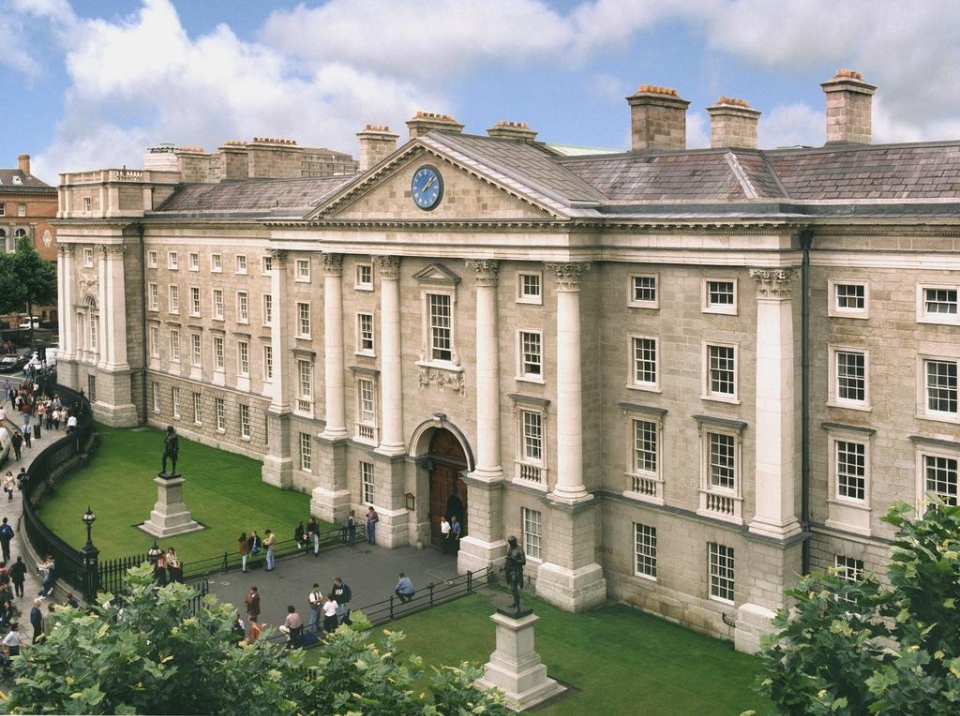
Trinity College in Dublin is Ireland’s oldest university, founded in 1592 by Queen Elizabeth I. When you step through the gate, it seems that the modern, prosperous city outside has disappeared to leave give way to old-fashioned romance. The campus walk is a journey through the ages to discover the world of academia. The school is also famous for its priceless treasures: The Book of Kells, a masterpiece of Western calligraphy, and the Long Room, the inspiration for the library in the Harry Potter movies.
Cork
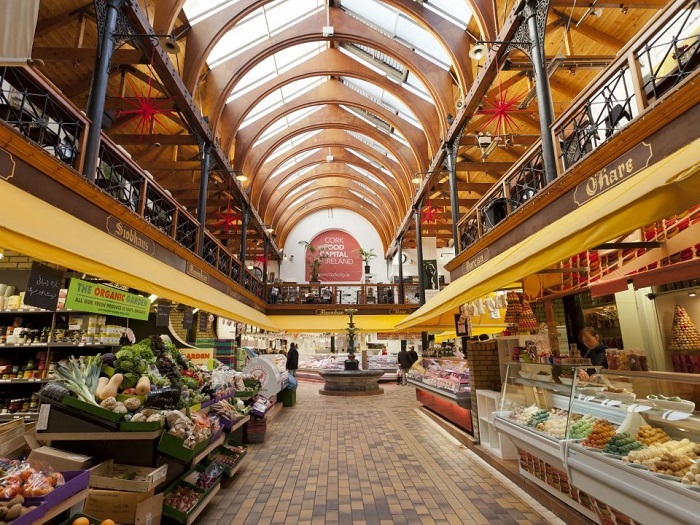
Ireland’s third largest city has an eye-catching charm — especially in its unique waterways. You can head to the stalls of the 18th-century Old English Market to sample hearty Irish cheeses, locally caught fish, pies, and more.
Two landmarks mark the city’s history: City Gaol, a stunning former prison turned museum with quirky 19th-century artifacts and Blackrock Castle Observatory, a center science and technology is housed in a 16th-century mansion that provides entertainment for visitors of all ages.
The Ring of Kerry (County Kerry)
For many people around the world, The Ring of Kerry route encapsulates their image of Ireland: ancient ruins, romantic castles, breathtaking gardens, colorful towns and villages. Stunning landscapes, dramatic coastlines, captivating locales and ancient archaeological treasures have been incorporated into postcards, films, poems and songs.
The Ring of Kerry is one of the most loved scenic routes on the tour of Ireland. As you ride the 110-mile route that surrounds the stunning Iveragh Peninsula, you’ll feel as if you’ve fallen into a legendary arena of nature. The road winds around majestic mountains, marshlands, rivers, lakes, pristine beaches, tiny passes and graceful valleys along the shores of Dingle Bay and Kenmare.
Every bend and turn around the Ring of Kerry reveals new attractions – windswept cliffs, breathtaking scenery, breathtaking lakes, rich flora and fauna, green hills and yellow and unspoiled beaches.
There is evidence of the region’s unique heritage and culture everywhere, in landmarks, standing stone slabs and numerous archaeological sites. The 6th-century beehive huts and ruined monastery on Skellig Michael are UNESCO World Heritage Sites.
Aran Islands
The Aran Islands, the common name of the small islands, Inishmór, Inishmaan and Inisheer. The mystical, time-frozen islands are famous for preserving the existence of a countryside that has remained largely unchanged, at least culturally, over the centuries.
If you want to explore Inishmór on your own, rent a bike and take a tour around the entire island. On your one-day cycling tour, you’ll come across ancient ruins, lots of livestock, and even miniature elves’ houses.
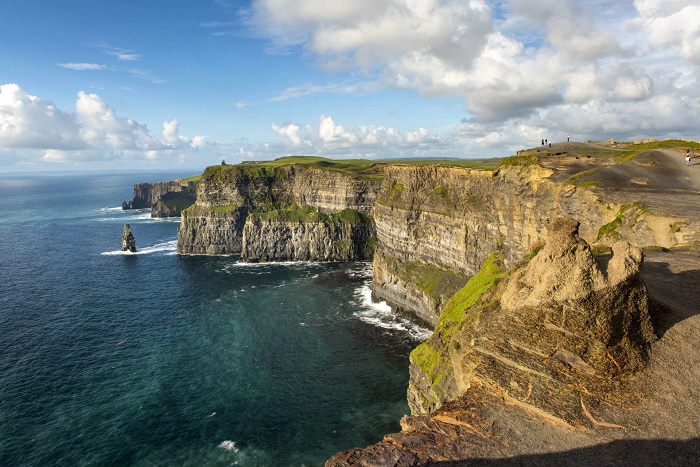
Coming here, you will admire the Iron Age fortresses and many interesting destinations such as: Dún Aengus, Dún Dúchathair and Teampall an Cheathrair, ..
The Burren
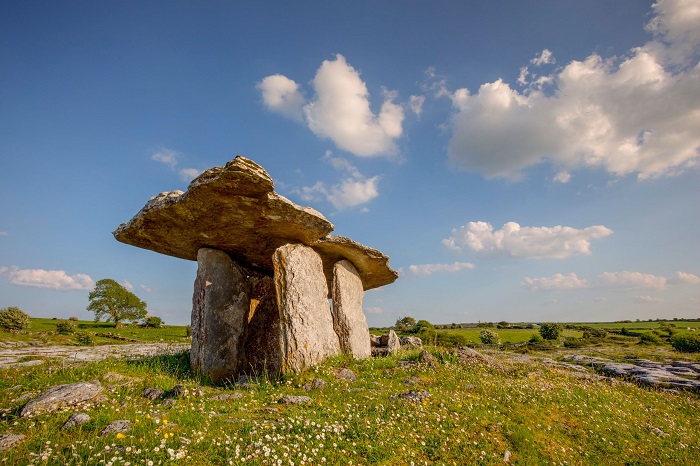
Burren, formed by limestone formations is one of the most famous natural attractions of Ireland. The limestone topography is of particular interest to geologists and botanists for its Mediterranean and alpine plants.
Described as a botanist’s paradise, Burren has one of the most diverse and beautiful flowers in Ireland: 635 different plant species (including 22 of Ireland’s 27 native orchid species) have been recorded. noted here. The area also has some rarer and more elusive species such as the carnivorous pine, the snake-like slow worm, and the rarer horseshoe bat, as well as more than 100 species of breeding birds and nearly all of the butterflies native to the country of Ireland.
Maumturks Mountain
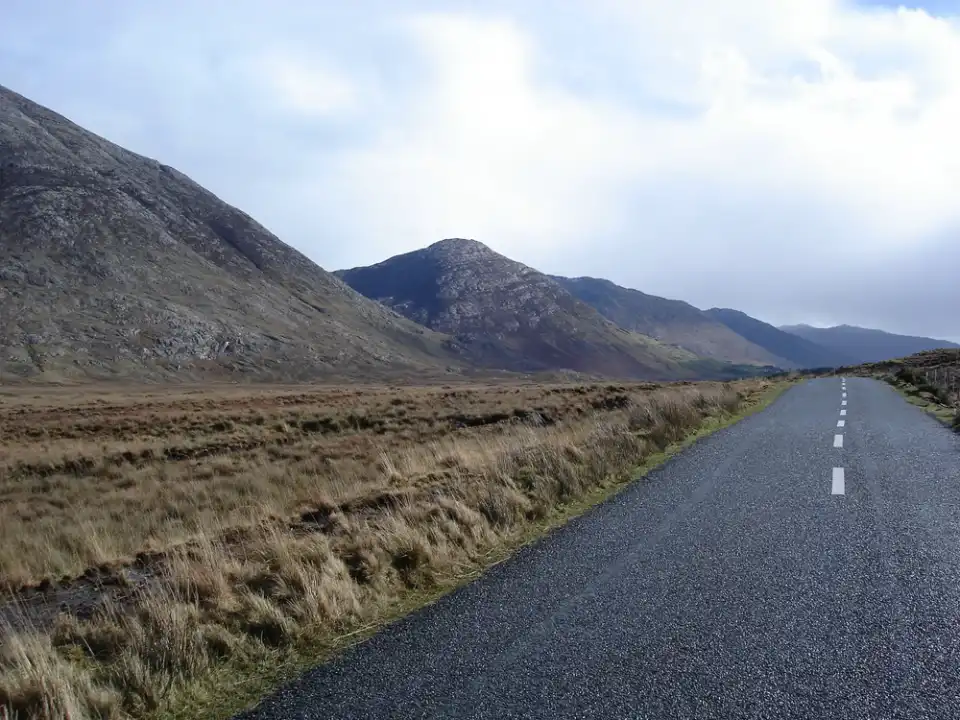
If you are a lover of exploration, then this is the ideal place for your trip. With a unique ecosystem, you will see pristine lakes and beautiful swamps.
Boyne Valley

Brú na Bóinne (Boyne Palace) in County Meath has some of the most important historic sites and monuments in Ireland, and is a designated World Heritage Site. It contains massive ancient megalithic tombs – tombs dating back to antiquity in Newgrange, Knowth and Dowth. These tombs are older than Stonehenge in England and the pyramids of Giza in Egypt. Newgrange, built some 5,000 years ago, is Ireland’s most famous prehistoric site.
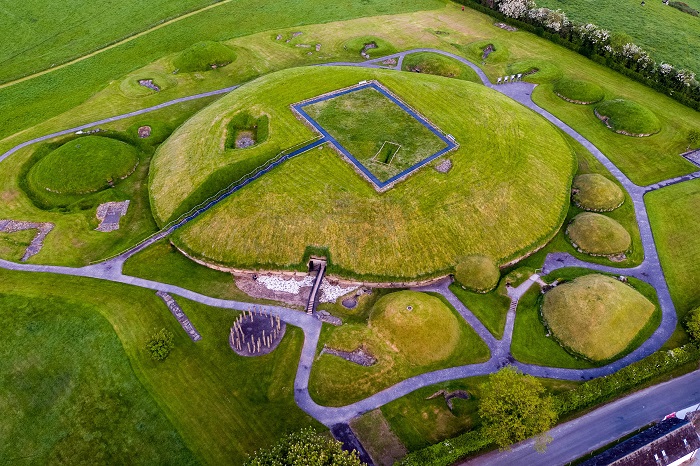
It is especially famous for a spectacular event on December 21, also known as the Winter Solstice, the shortest day of the year. The tomb was built in such a way that on this day it is illuminated by a narrow beam of sunlight that shines through a specially designed roof box. No one knows why the tomb was built in such a way, or how the stones were even transported to the site.
Giant’s Causeway
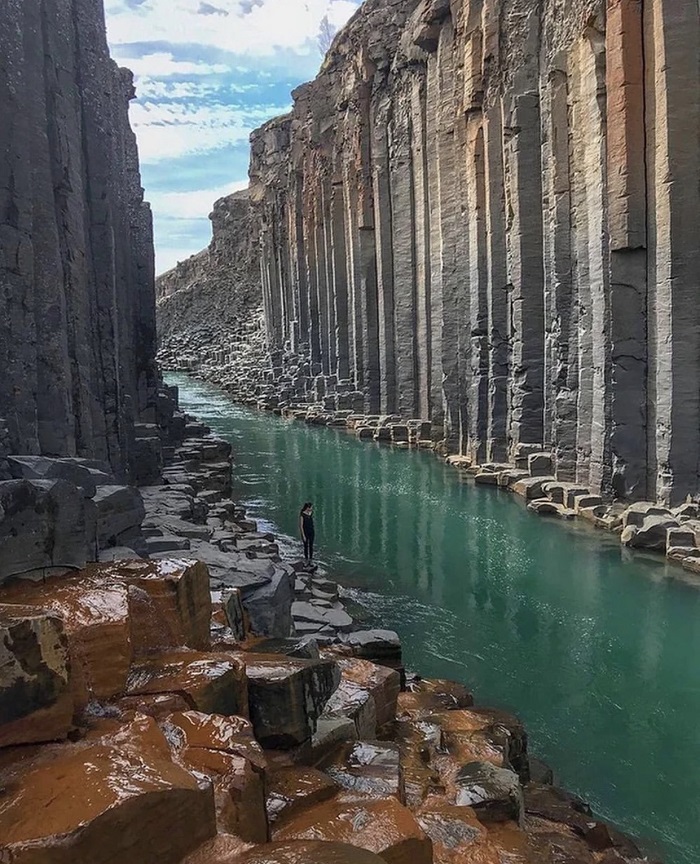
Folklore says that an Irish giant named Finn MacCool once lived in this area, and from across the sea he could see a Scottish giant, Benandonner, his rival. Finn challenged Benandonner to Ireland to fight. Since there were no boats large enough to carry the giant, Finn built an underwater stone causeway for Benandonner to cross.
In fact, the Giant’s Causeway was created by a volcanic eruption 60 million years ago – an interesting fact, but the legendary Finn MacCool is more interesting.
Belfast
The city of Belfast during Christmas time, when they open the Christmas markets in Belfast is the most beautiful. The whole city glows with decorations and lights and it’s a cozy place to stroll around with a delicious hot cup of coffee in hand.

In the summer it’s another great place, with a variety of bars and clubs located throughout the city as well as attractions such as the Titanic Quarter and the Cathedral Quarter.
Twice named Europe’s most visited tourist attraction, Titanic Belfast has quickly become a must-see for any visit to Ireland and Northern Ireland since it opened in 2012. Belfast Centre, completed to mark the centenary of the Titanic, sits on the site of the former Harland & Wolff shipyard, where the massive ship was built.
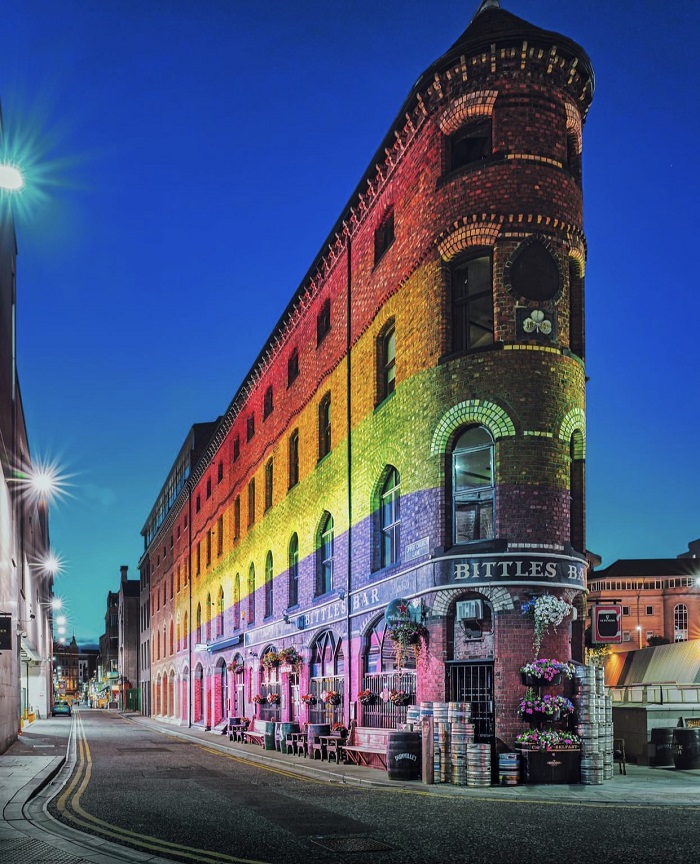
An exhibit dedicated to the Titanic takes visitors through the infamous ship’s entire lifecycle – from its construction in Belfast and launch to its maiden voyage and tragic sinking, to its legacy disaster, the myths and legends surrounding it, and the shipwreck itself at the bottom of the Atlantic Ocean.
Ireland’s top golf courses
Owning more than 400 golf courses, including nearly a third of the world’s link golf courses, Ireland is definitely a place that every golfer wishes to conquer. With world-class golf courses home to many of the top golfers such as Rory McIlroy, Darren Clarke and Paul McGinley… Ireland’s reputation is sky-high when it comes to European golf tourism. It is difficult to choose the best golf course in Ireland, so please refer to the top 5 golf courses in Ireland worth experiencing such as Royal County Down, Royal Portrush, Portmarnock Golf Club, Lahinch Golf Club, Waterville Golf Links.
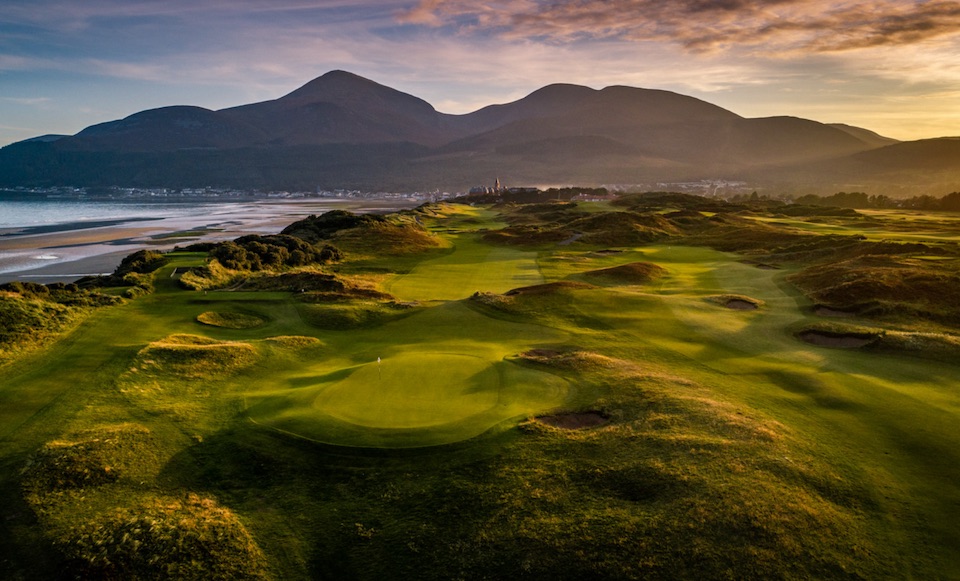
Other names in the top 10 Irish golf courses that you can refer to are Tralee Golf Club, Ballybunion, The European Club, County Sligo Golf Club, County Louth Golf Club.
What to eat?
Ireland is not known for its culinary culture, but there are some classic dishes that are worth trying. Ireland is one of the major food producing countries in the world. Thanks to the abundance of agricultural areas and its climate, it is known for producing some of the best natural ingredients in the world. It is also an incredible source of seafood such as salmon, cod and oysters, and produces delicious beef, bacon and lamb.
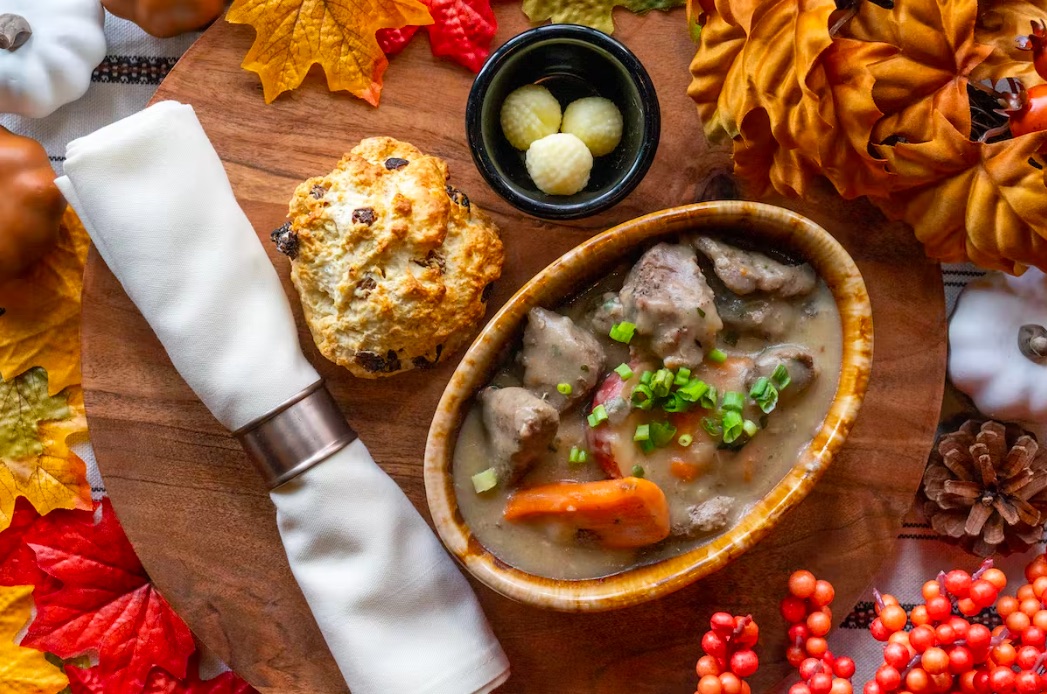
The abundance of food here means that traditional Irish dishes are delicious and enjoyable today as well, and many restaurants and pubs serve modern versions of the dish that is a staple of the country. Ireland from its earliest days.
Boxty Potato Pancake
Boxty is a combination of potato pancakes and American pancakes, made with finely mashed and fried potatoes. Cafes and restaurants often serve it with bacon, eggs or smoked salmon and creme fraiche.
Irish stew
Irish stew is the “national dish” of Ireland, derived from the dish of the poor working class, then upgraded and popularized with the whole society. The main ingredients are lamb, beef, potatoes, onions, parsley, carrots, radishes, which are stewed over low heat for many hours until tender and full of flavor.
Perhaps the most traditional and authentic meal you can enjoy in Ireland is a stew. It is best enjoyed in winter. An alternative to stew is Coddle, usually cooked with bacon or sausage and lots of potatoes.
Apple pie – Ireland’s oldest cake
In Ireland apple pie is a dish associated with childhood memories of many locals. When the apple pie comes out of the oven, the aroma from the dough and apples is very fragrant. This pie is very fluffy, soft and beautiful. It is the taste and style of the cake that has left an indelible impression on visitors.
Boiled pork belly and cabbage
The combination of boiled bacon, potatoes and boiled cabbage sounds simple, but it is in fact a favorite and very popular dish in Ireland. Traditionally, salted pork will be soaked overnight then boiled, cabbage is added to the pot for the last 10 minutes. This special dish is served with a smooth parsley sauce.
Barmbrack
Barmbrack is a very popular Irish cake. Usually people will eat cake and enjoy tea every afternoon. When baking, the cook will stuff different gifts inside. According to legend, if it is a ring, the person who eats it will soon get married. If it is a suture base, then there is a high chance that the eater will still be single.
Soda bread
Soda bread is a dish that sounds quite strange but has actually been present in Ireland since the 80s of the nineteenth century. During a famine, the Irish invented a bread that cost less than ordinary bread. They will use ingredients such as: soda powder, flour, buttermilk and salt. Over a long period of time, people have added some other ingredients such as dried fruit, honey, and honey wine.
Coddle
Coddle is a very special dish originating from Ireland. This dish has no fixed ingredients. The cook can use whatever ingredients are left over after the main dish is cooked for stewing. Usually, Coddle will be made from bacon, sausages, onions, potatoes, etc. However, you can use any ingredients.
Black and white pudding
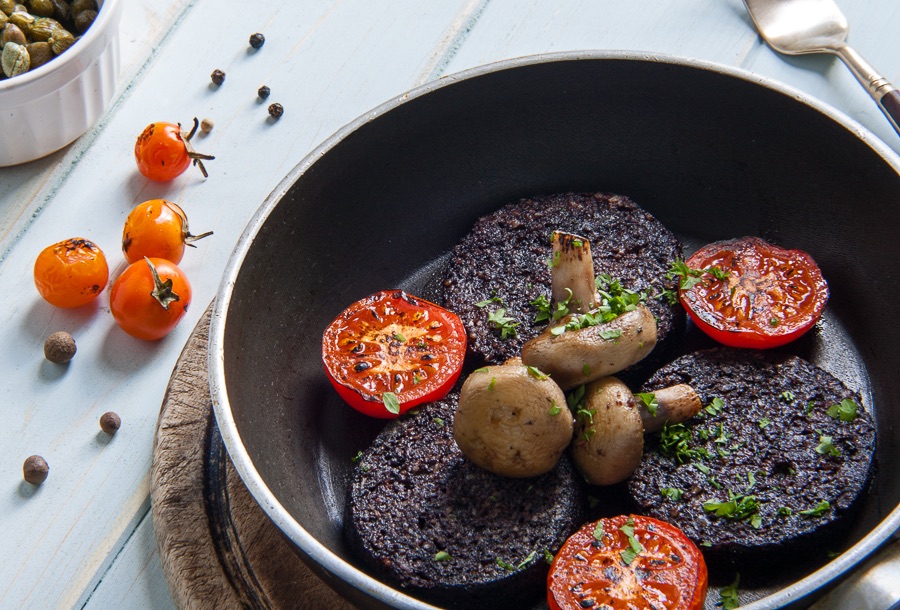
Part of a delicious Irish breakfast usually includes black and white pudding. Pudding is a dish made of meat, usually pork, oatmeal, and other grains and spices. Pig blood is added to the mixture to make black pudding. Do not forget to add this unique dish to your breakfast menu during your Ireland tour.
Seafood
Ireland’s close associated with the sea means that the seafood is of exceptional quality. Oysters are harvested and served in the west of Ireland, and smoked salmon is a specialty, served with salad or potato pie. You can try the perfect chowder with fresh salmon and blackened cod, accompanied by locally baked soda bread.
Locals love to eat seafood dishes. Especially seafood such as mussels, mussels, crabs, oysters, crabs, etc. In coastal cities like Dublin and Galway, this habit is even more common. The ingredients, after being preliminarily processed and washed, will be steamed with Irish branded cider. With these dishes, the chef will carry out the processing process at the dining table and then present them on a plate for guests to enjoy. Usually the dish will be served with fruit juice and bread.
Guinness Beer
Complete the Irish dining experience with a mug of beer of the country’s signature Guinness. Dark beer stands out with the sweetness of the malt and the bitterness of the dried fruit with a hint of coffee and light chocolate.
How long should you spend in Ireland?
The enough time to explore Ireland is 5-10 days. A popular itinerary you can refer to is to spend the first time in Dublin, then continue to travel to popular tourist destinations in the south and west. If you have more time, you can add in a visit to Northern Ireland with iconic sites like the Giant’s Causeway and Dunluce Castle.
Tips before you go
- Safety: Millions of tourists visit Ireland each year with very few crime complaints. Overall, Ireland is a very safe country to travel to, the people of Ireland are also friendly and hospitable. However, you should still be careful with pickpockets when visiting crowded places in big cities.
- Language: Most of Ireland’s population speaks English, although it can sometimes be a bit difficult to hear due to the slang and heavy dialect.
- Currency: The national currency of Ireland is the Euro. But if you visit Northern Ireland, you’ll find they use the British pound. It is not difficult to find ATMs in big cities, but in rural areas, there are very few. Most shops, restaurants, and hotels accept most credit cards. Prices for drinks and meals out can vary considerably from place to place.
- Plug & socket types: In Ireland, power plugs and sockets are type G, standard voltage is 230V and standard frequency is 50 Hz. It is recommended that you purchase a universal adapter with surge protection and use it for hair dryers and other electrical appliances.
Ireland has many beautiful and scenic landscapes waiting for visitors to explore. It is the peaceful beauty and friendliness of the Irish people that will always be a beautiful memory in the souls of adventure travelers. Hopefully the above Ireland travel guide will help you prepare a complete and interesting Ireland experience itinerary.
Some best day tours, trips, activities and transfer services, tickets in, from and to Dublin you can refer to
- Dublin Express Airport Transfer
- Go City: The Dublin Pass with Hop On Hop Off Bus Tour
- 4G WiFi for Europe from Uroaming (HK Airport Pick Up)
- Cliffs of Moher Tour from Dublin
Find out more Ireland things to do here.
































